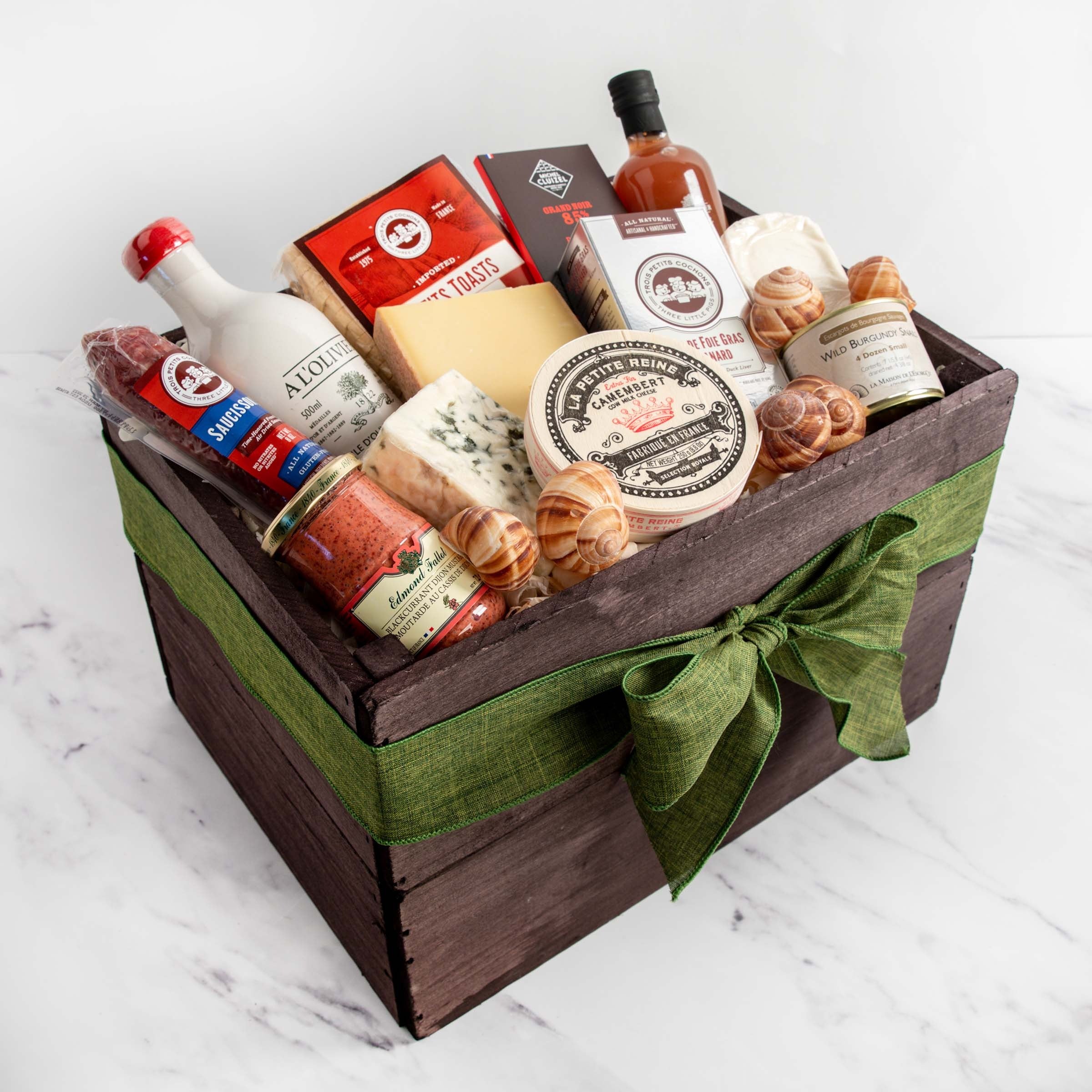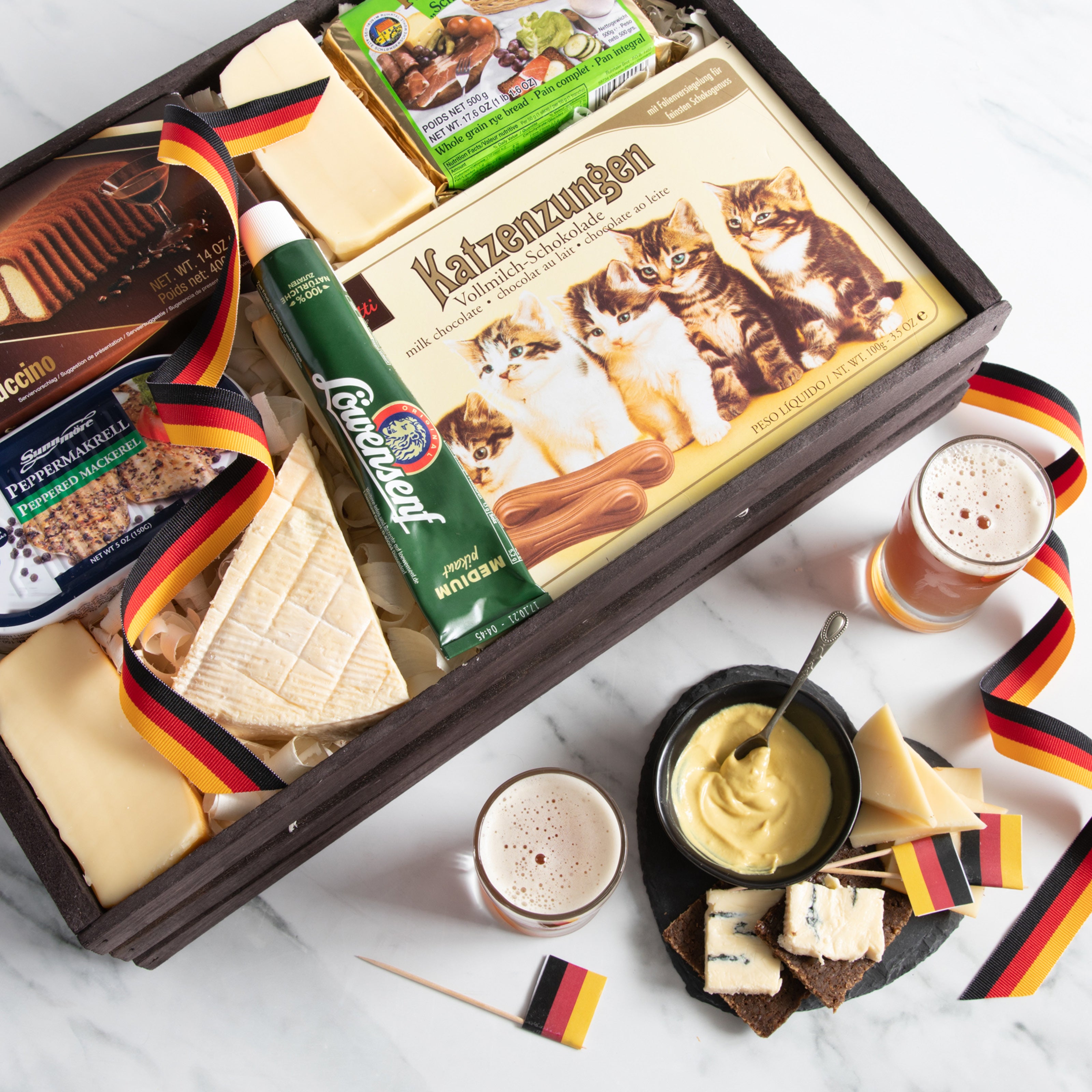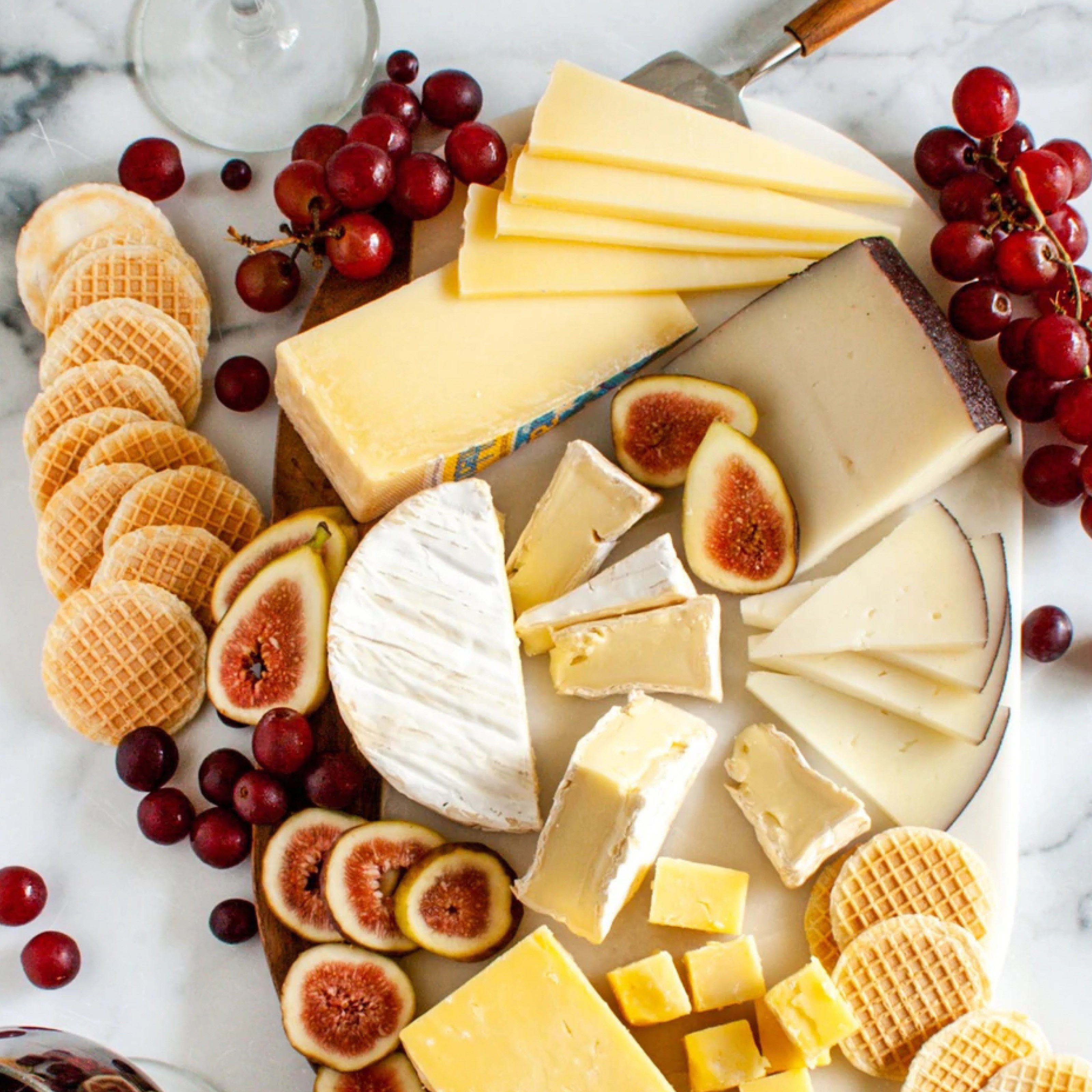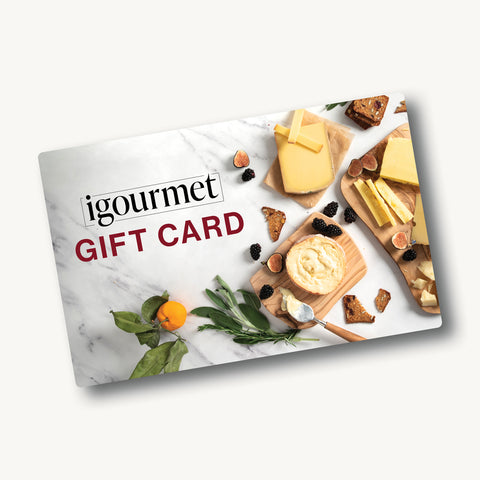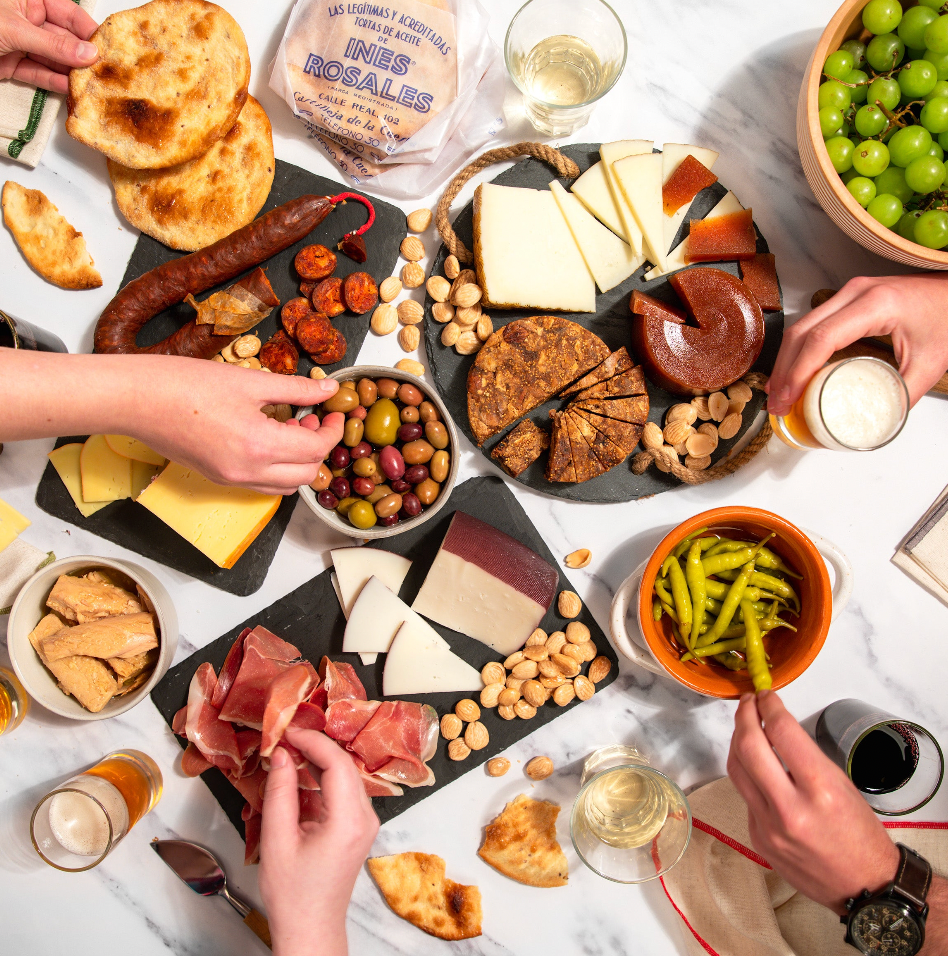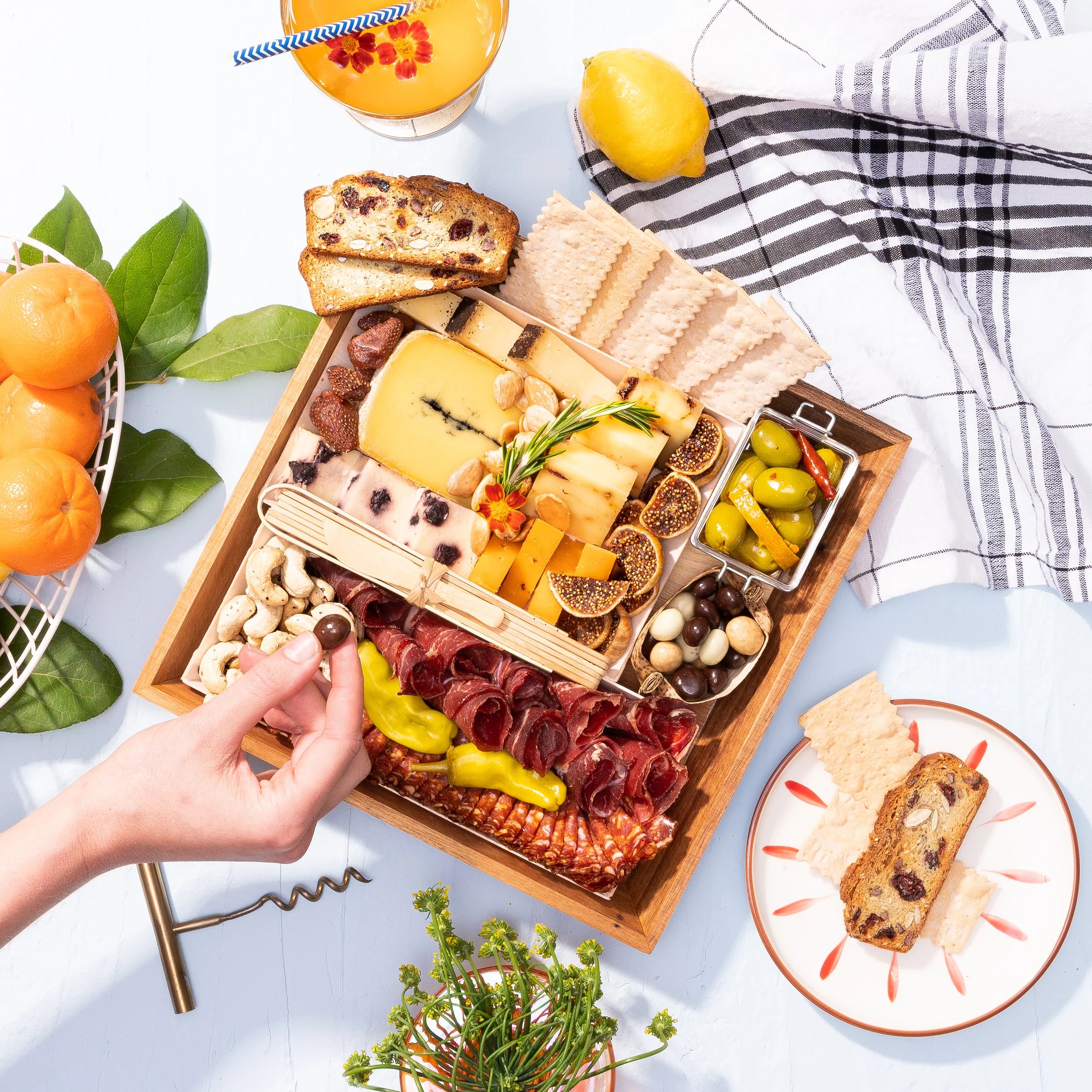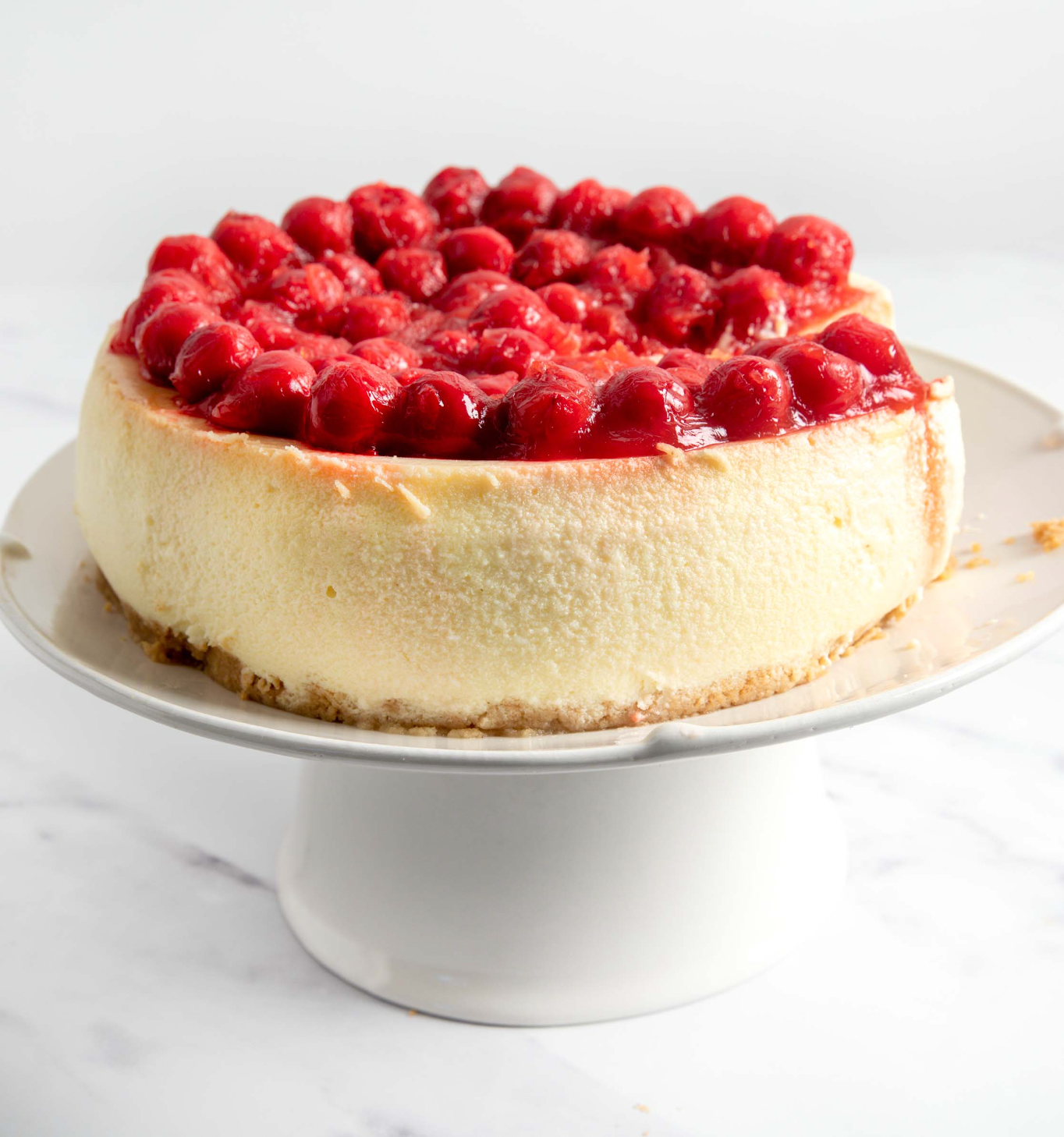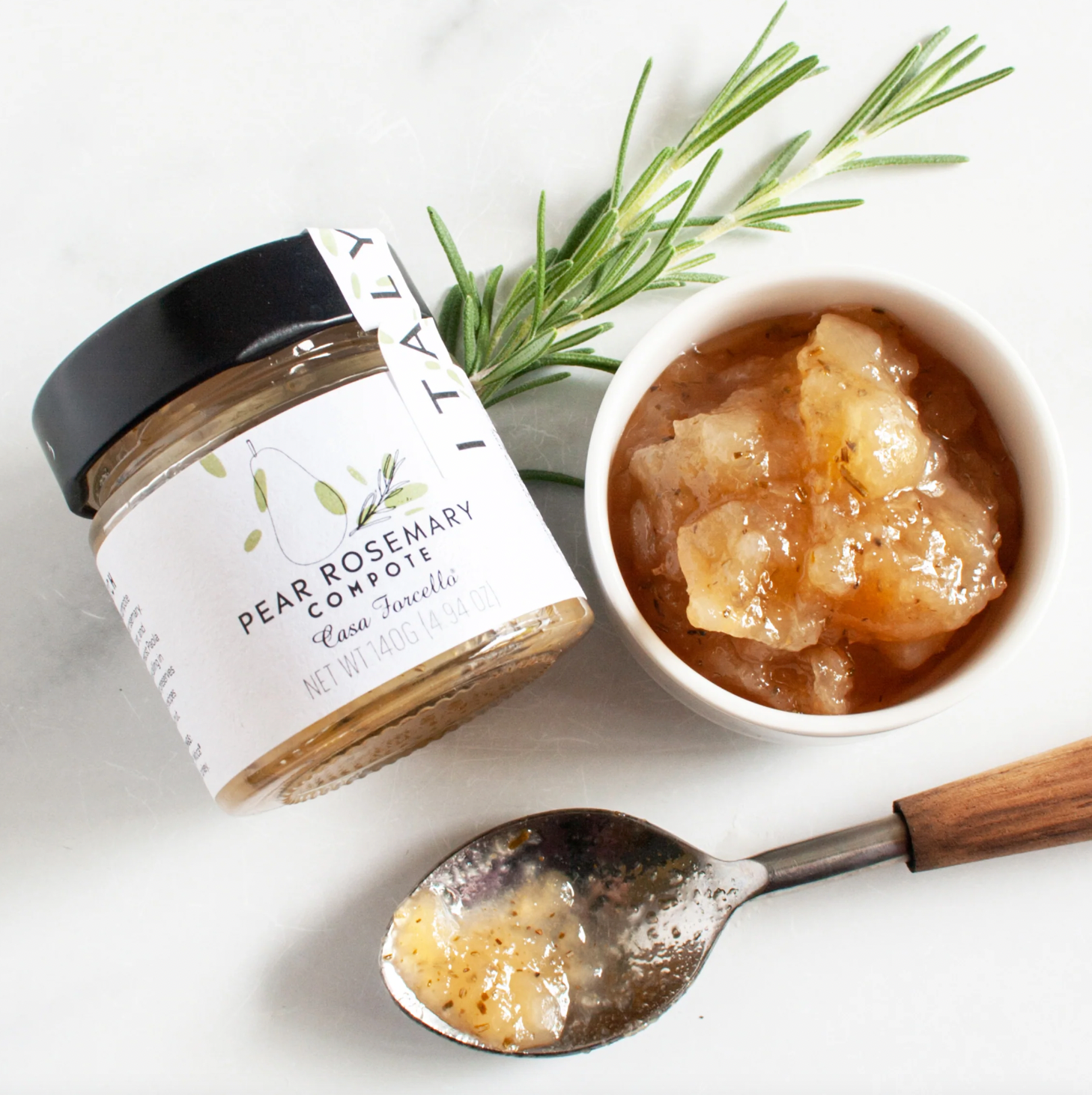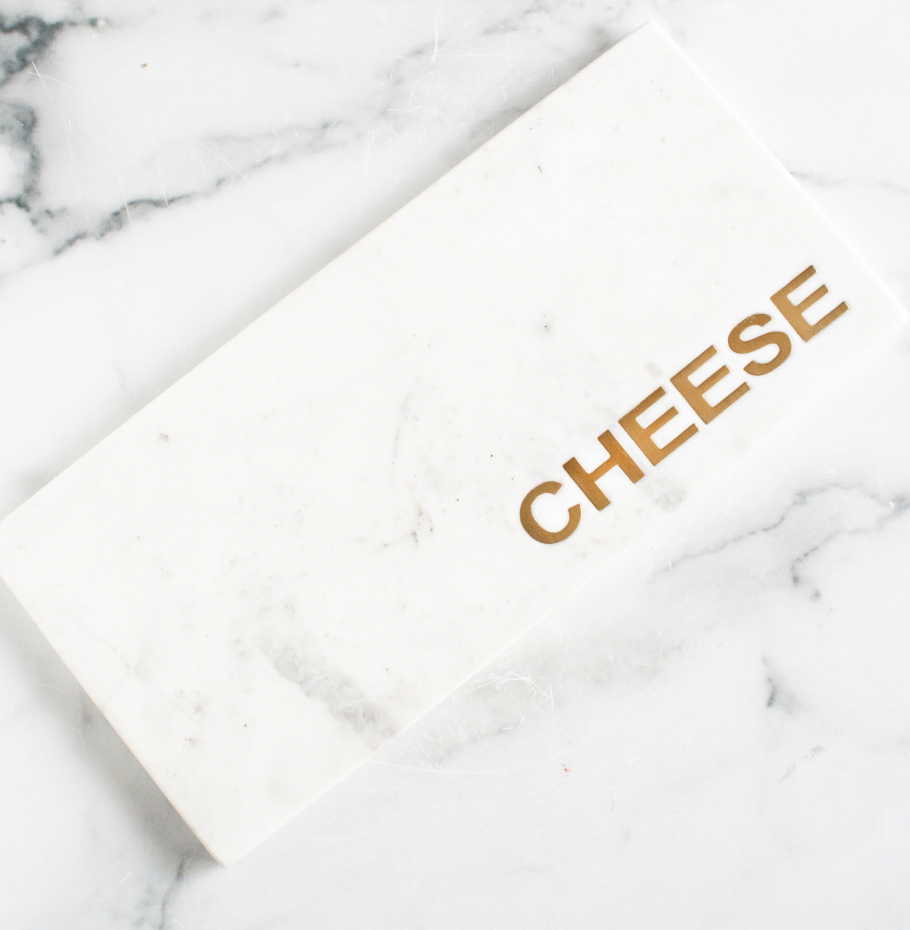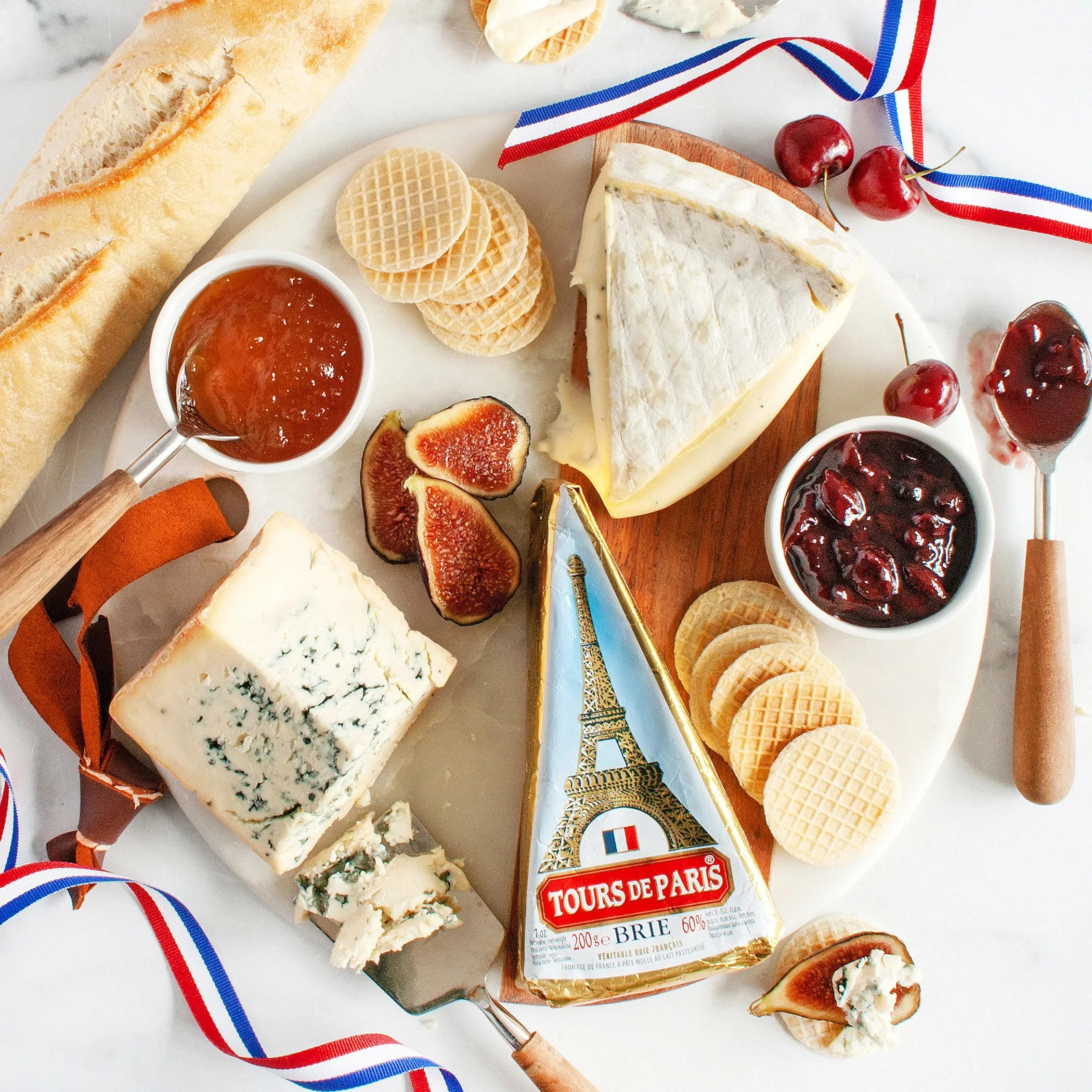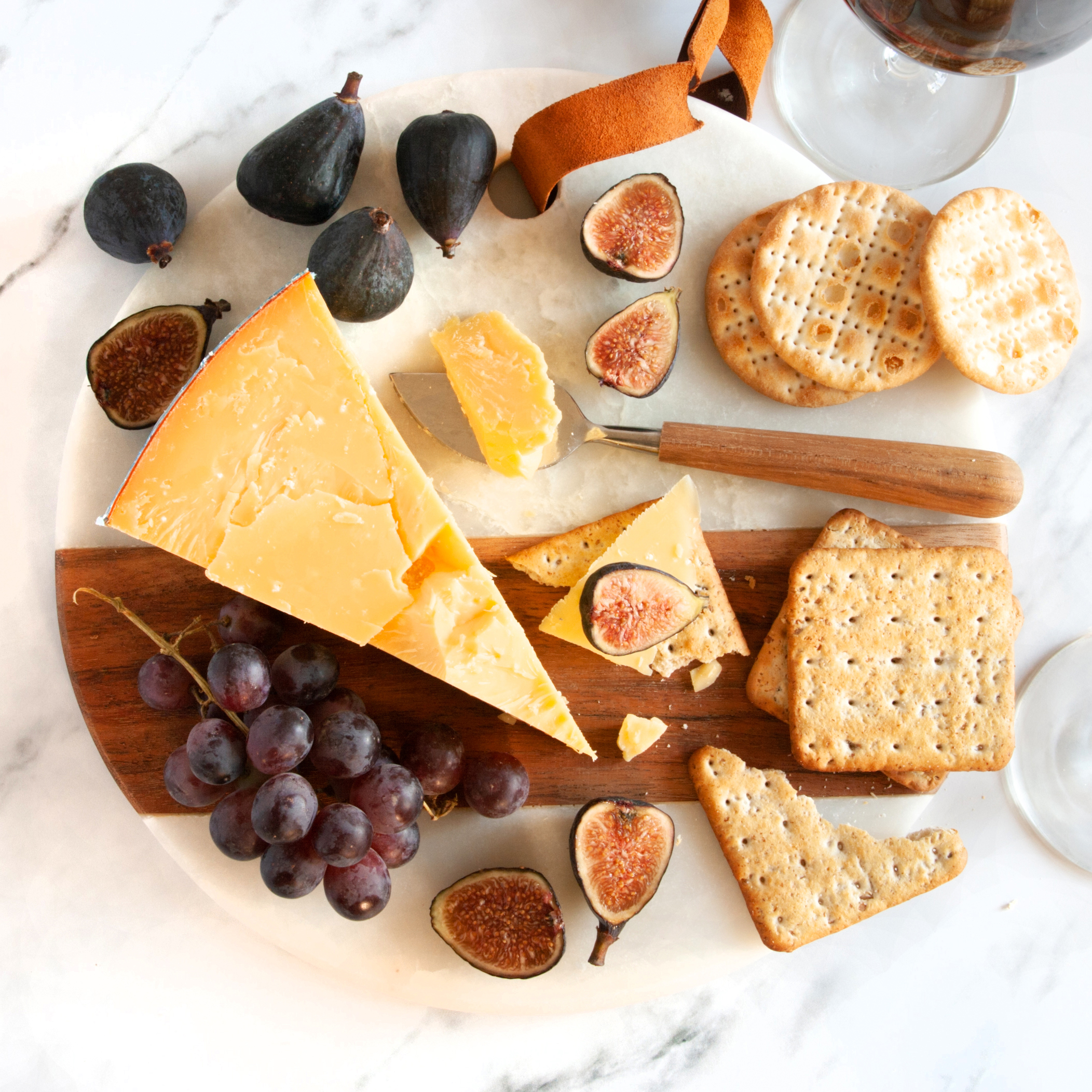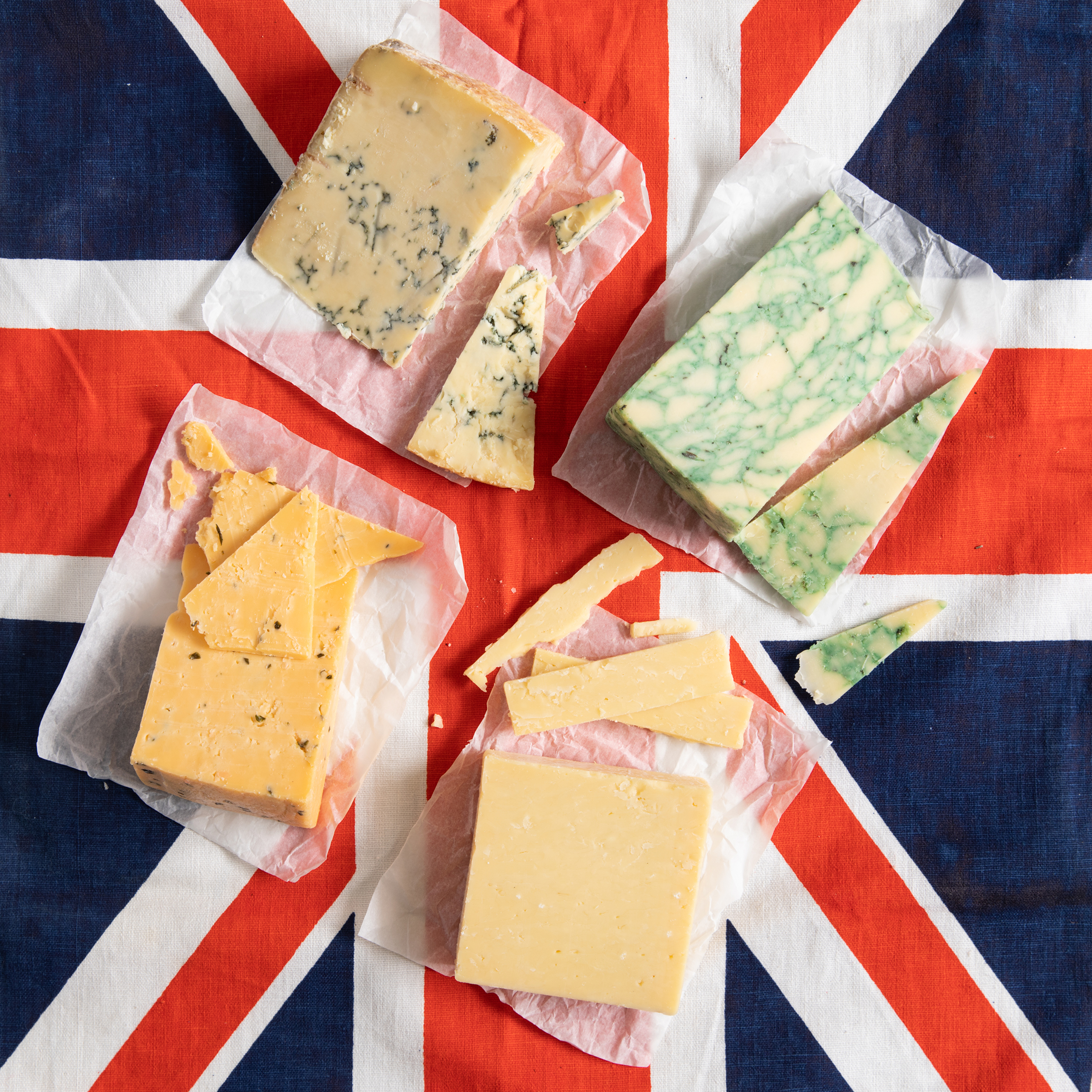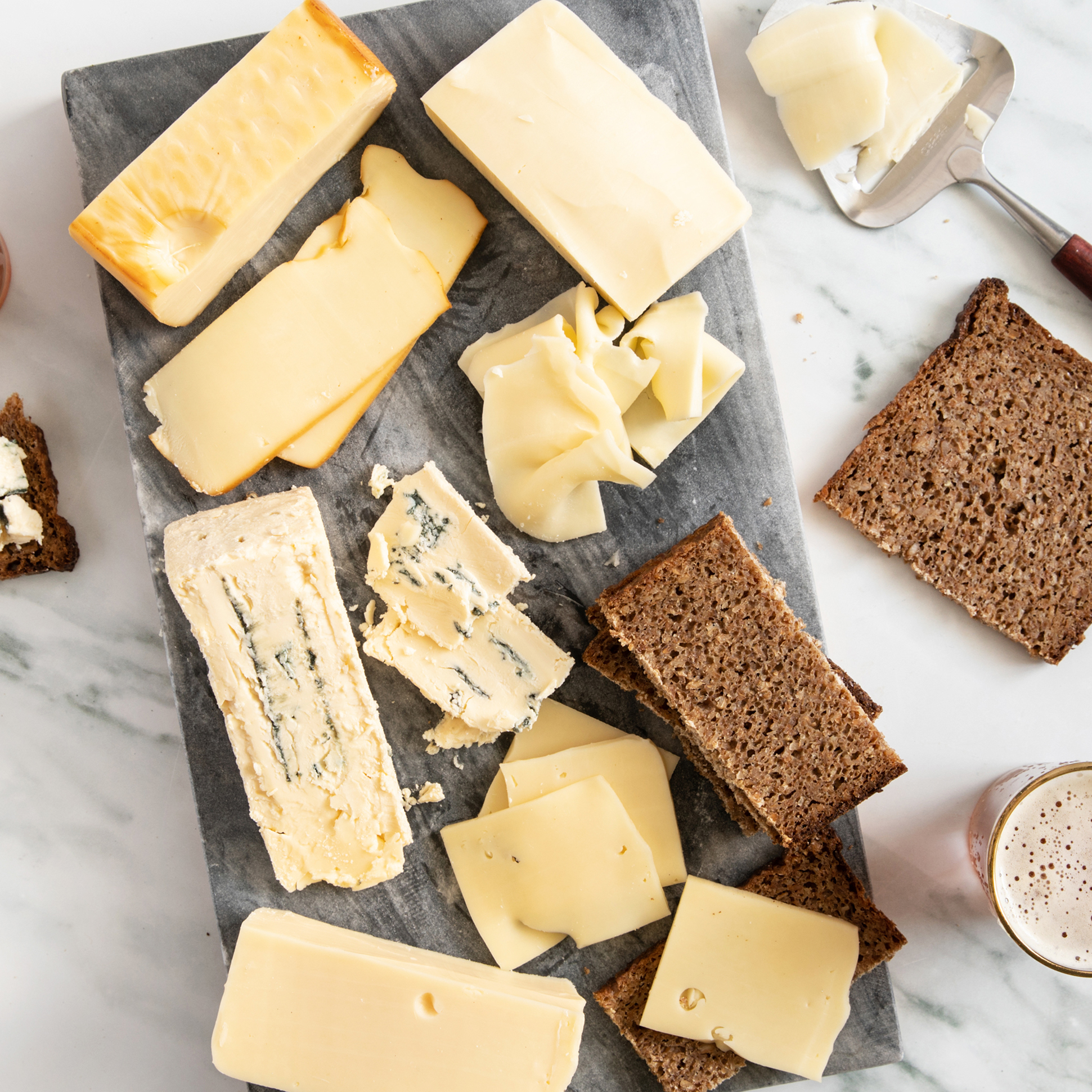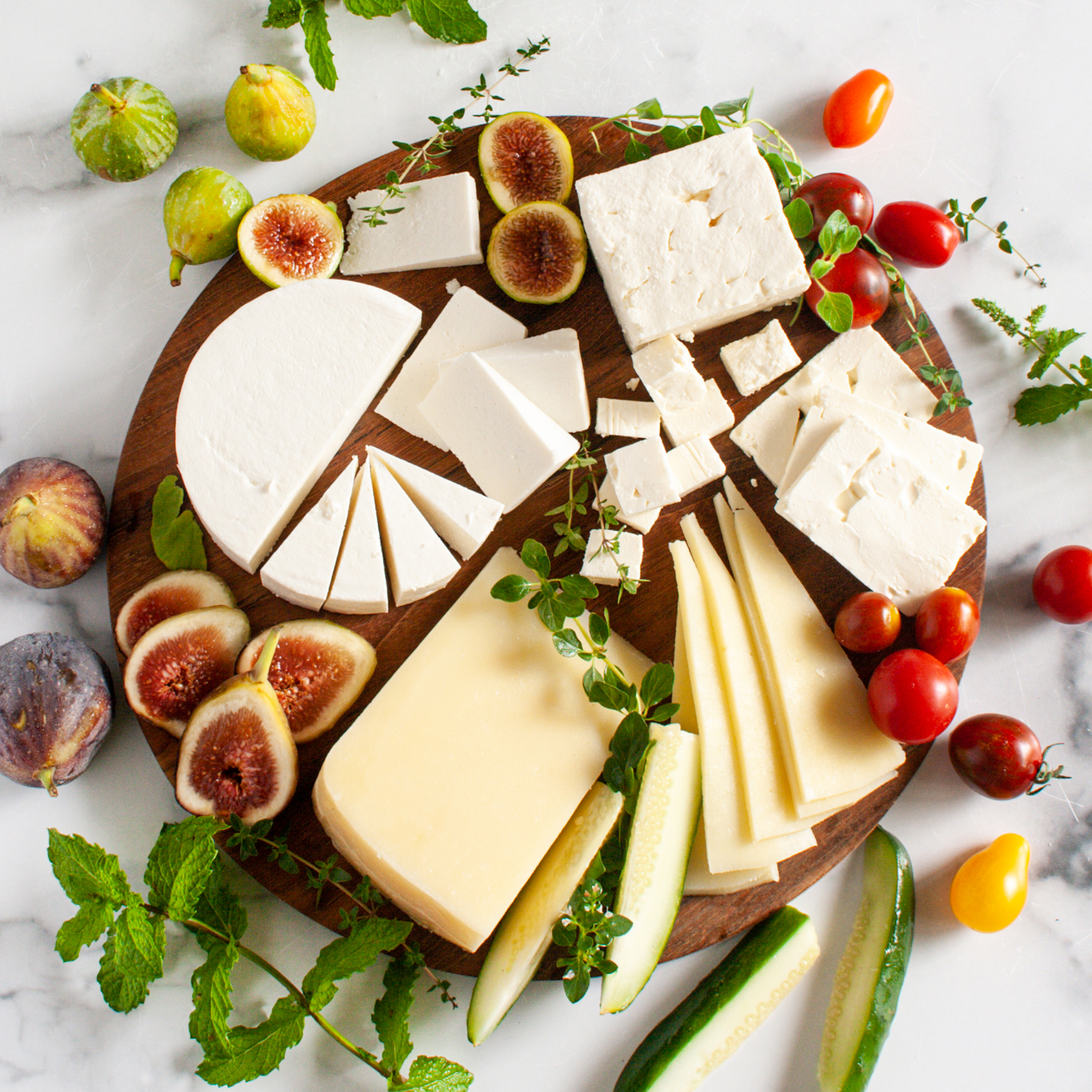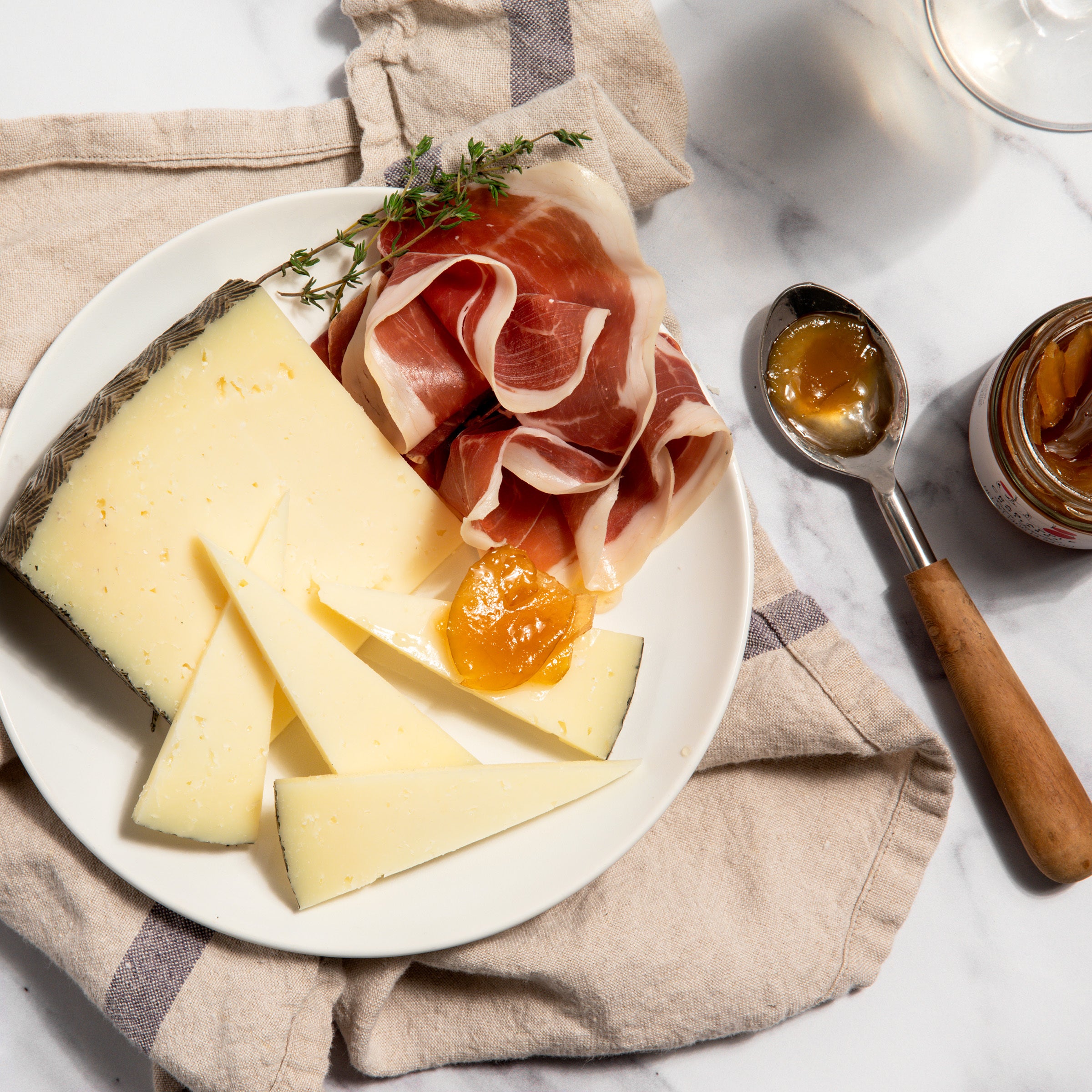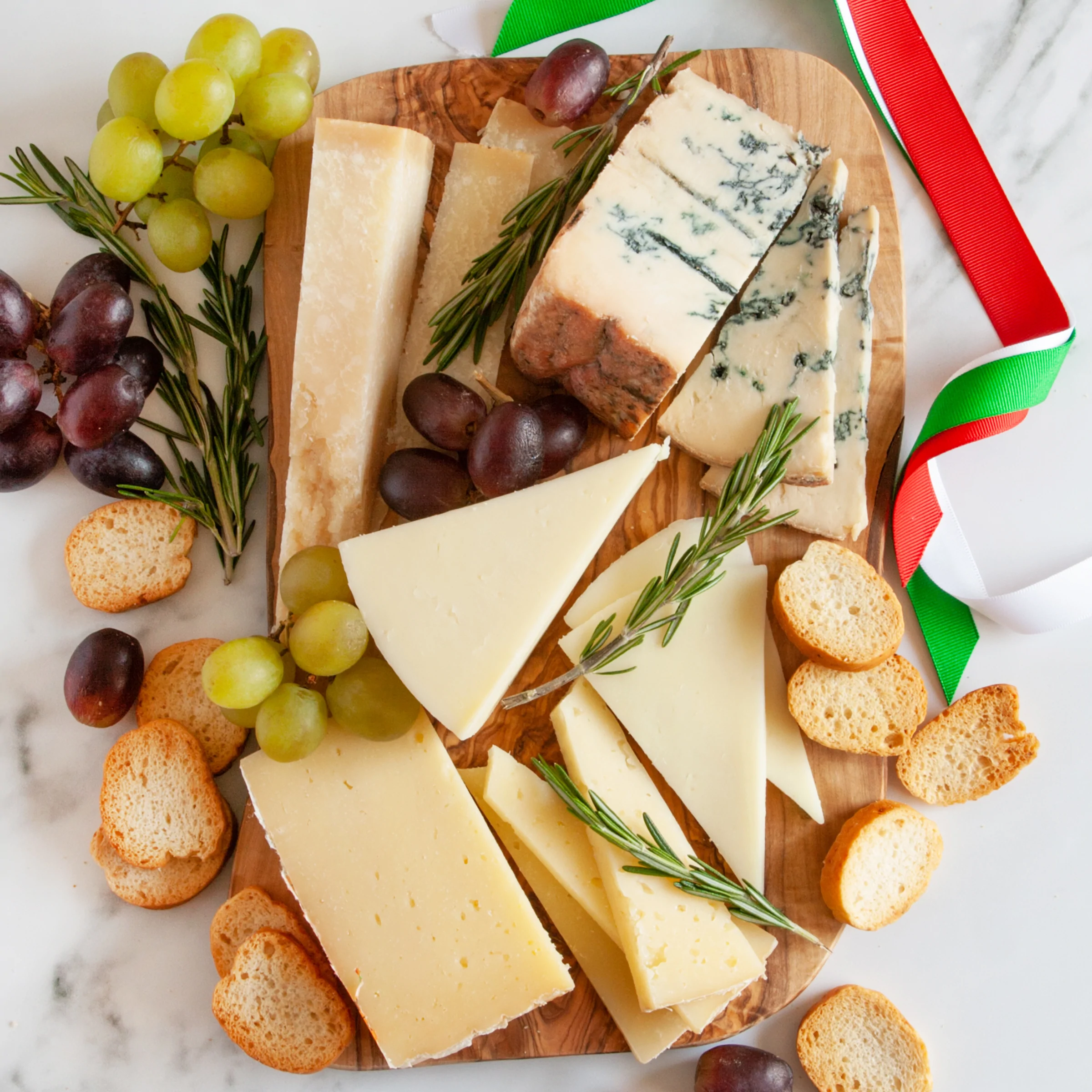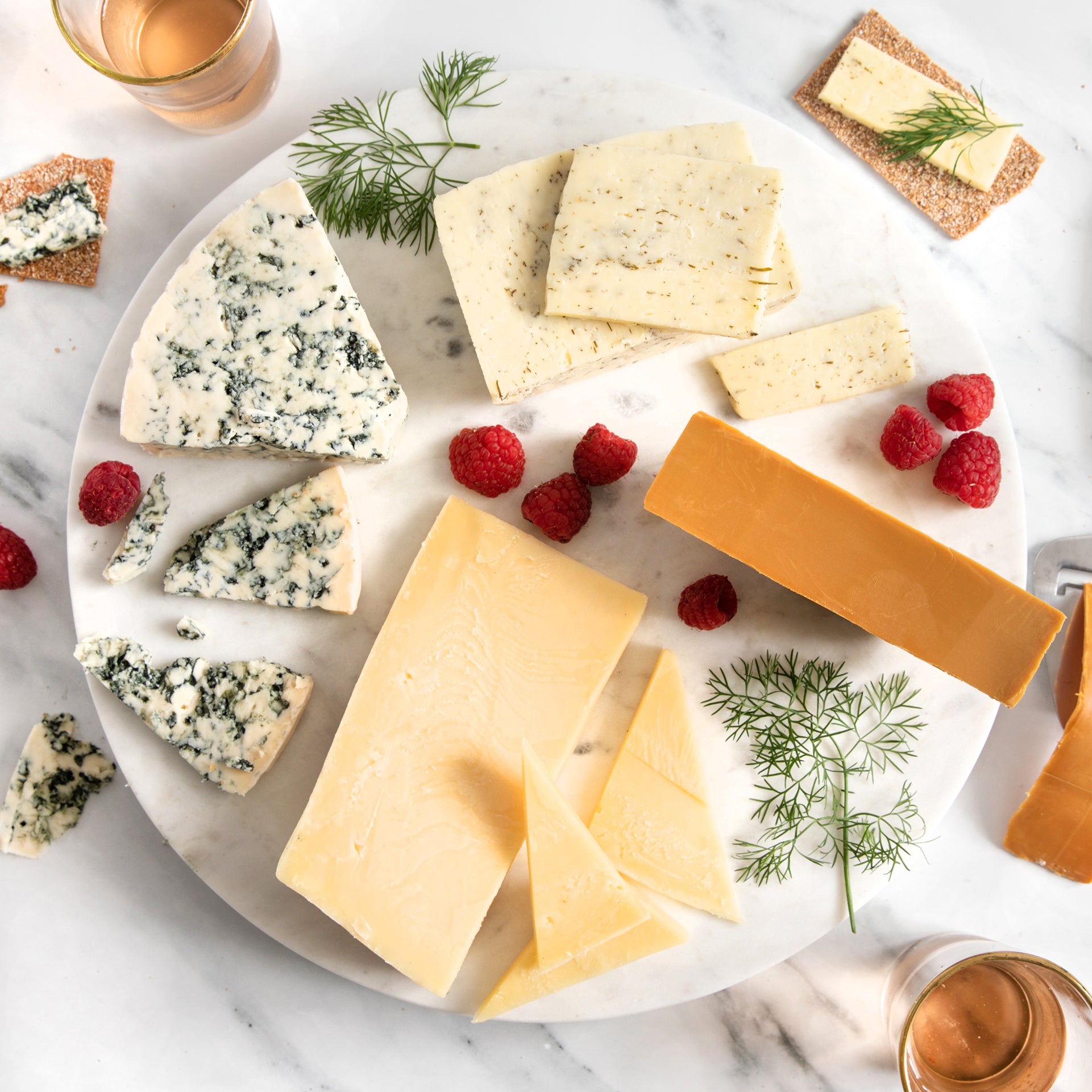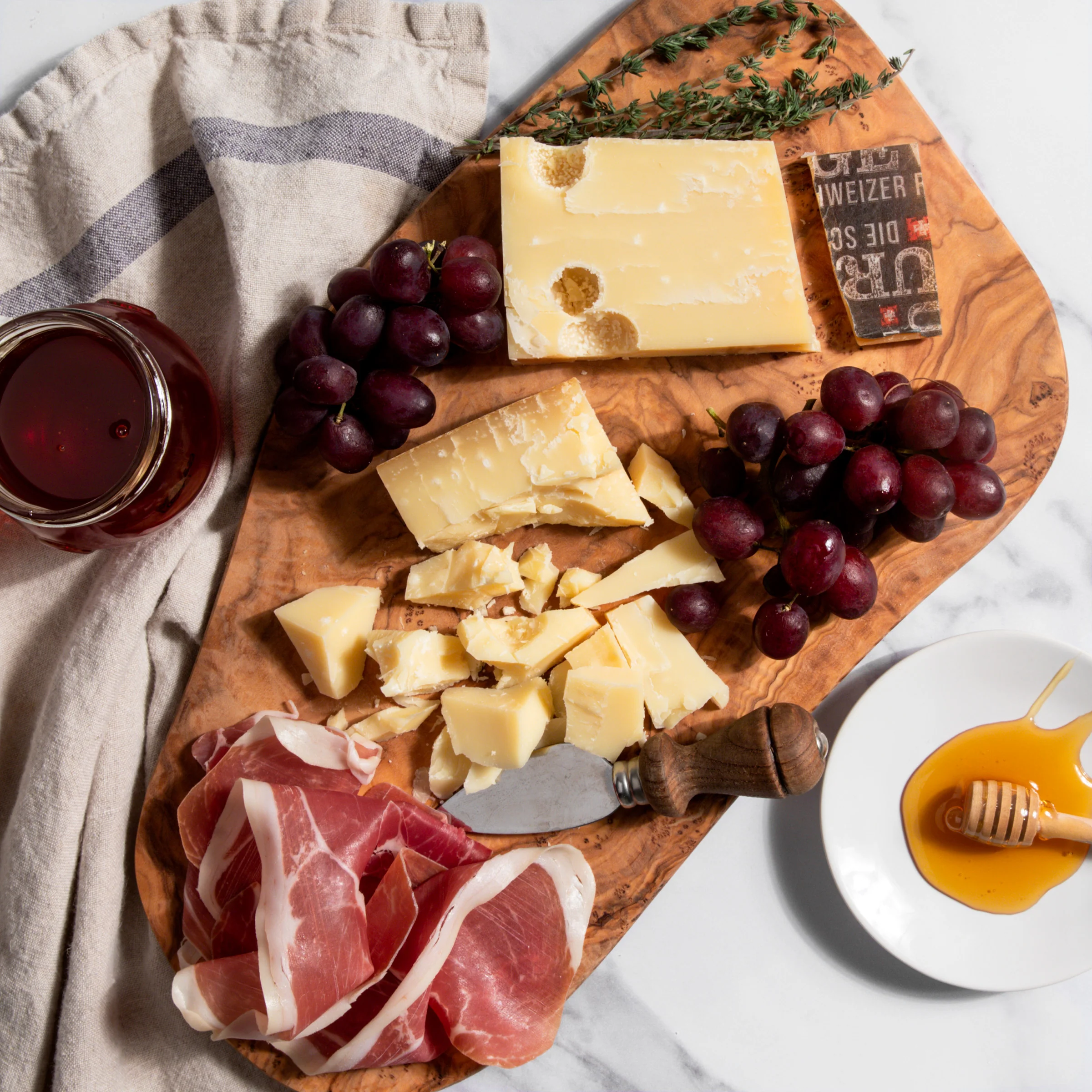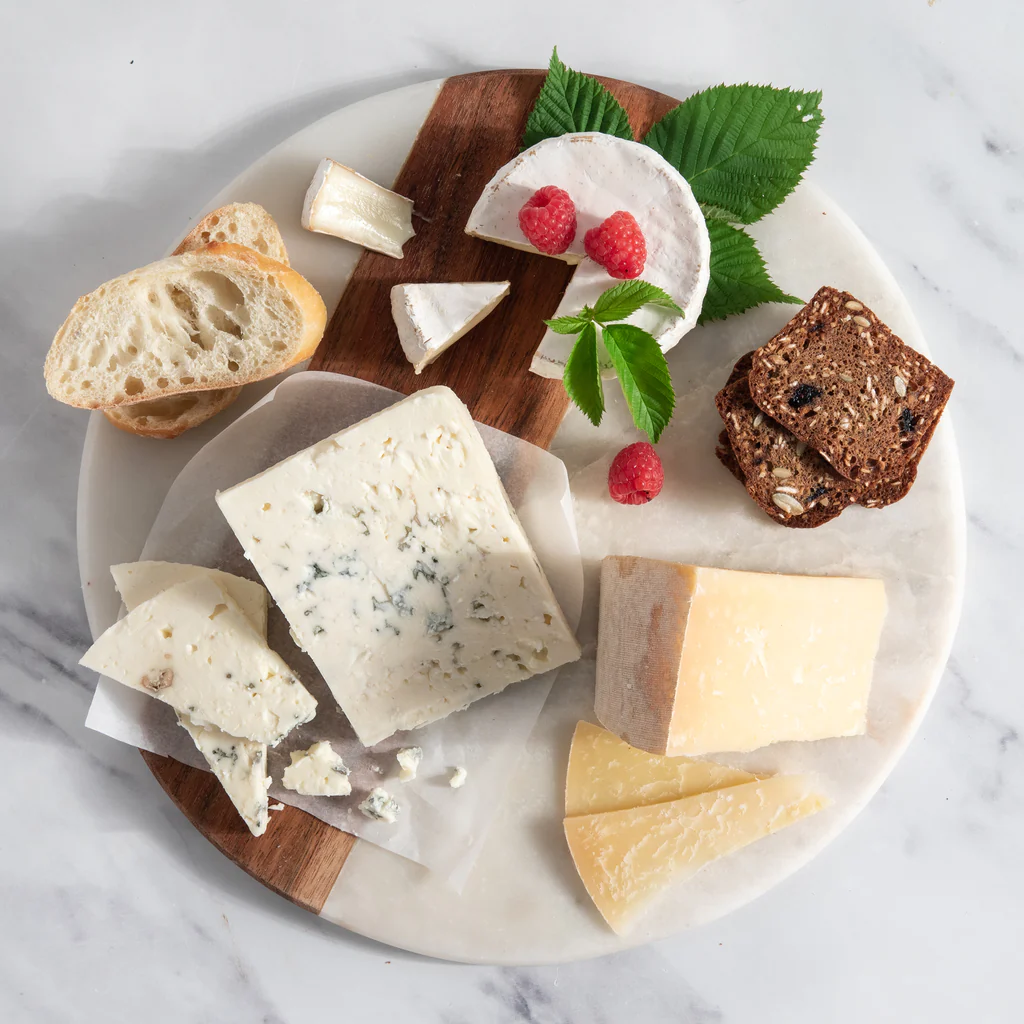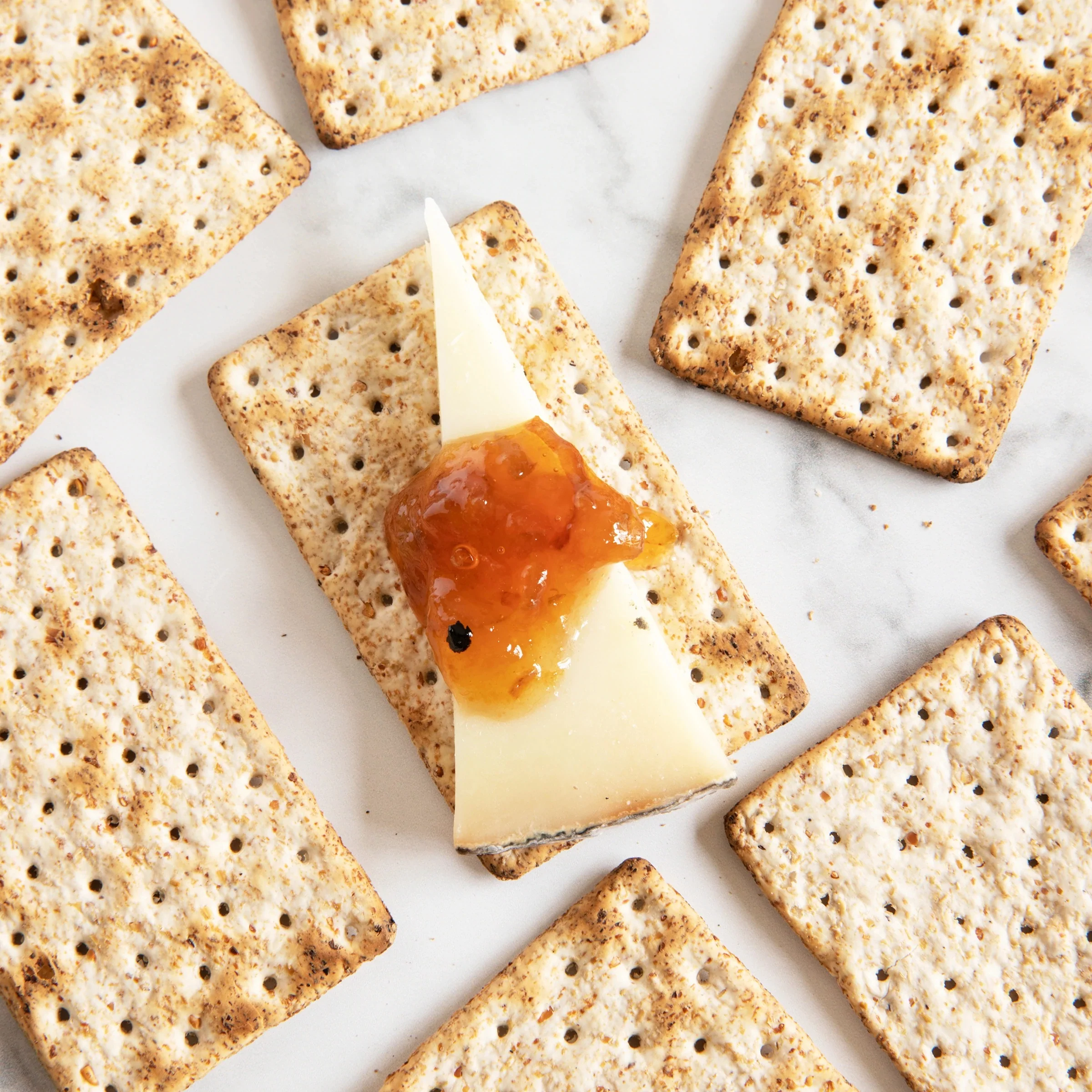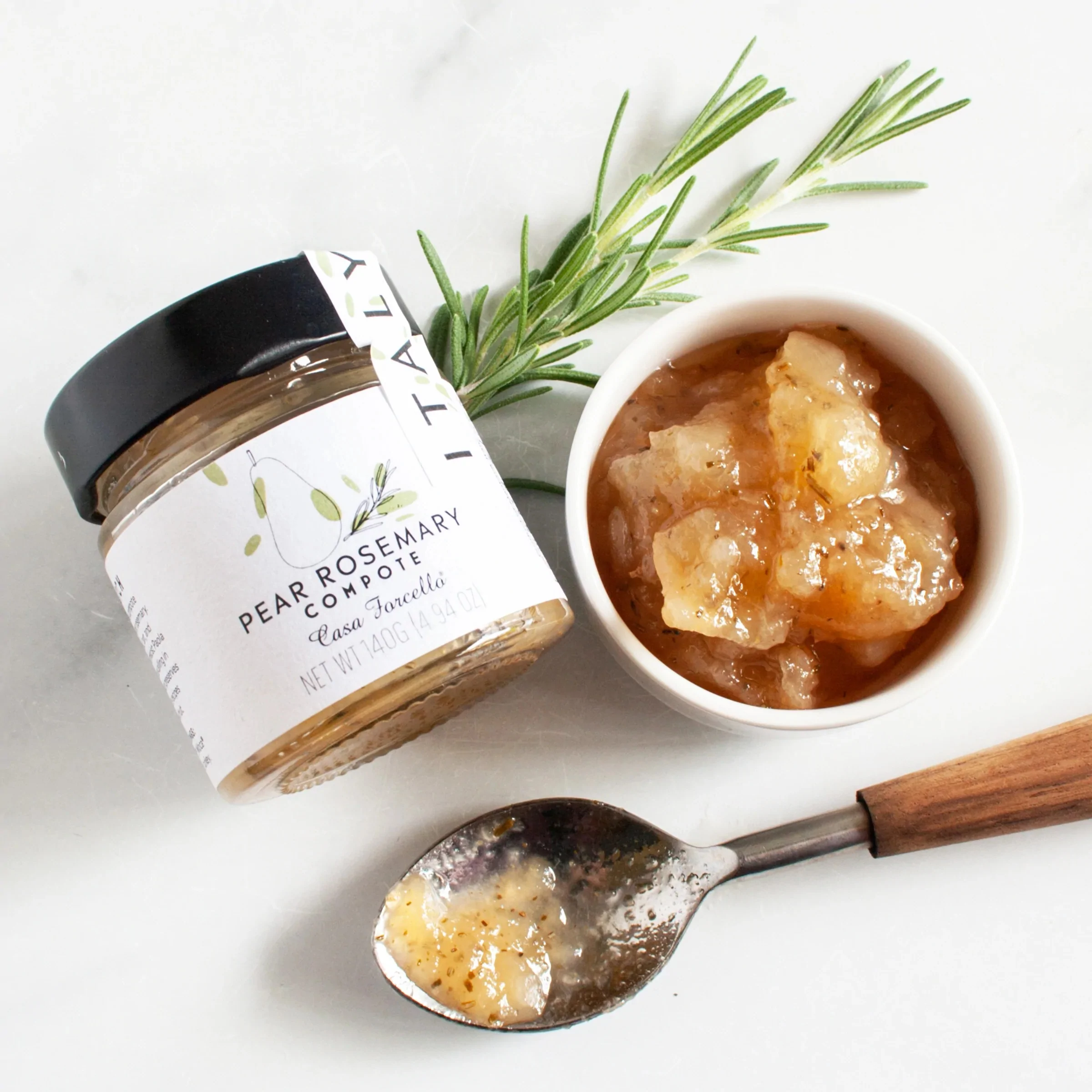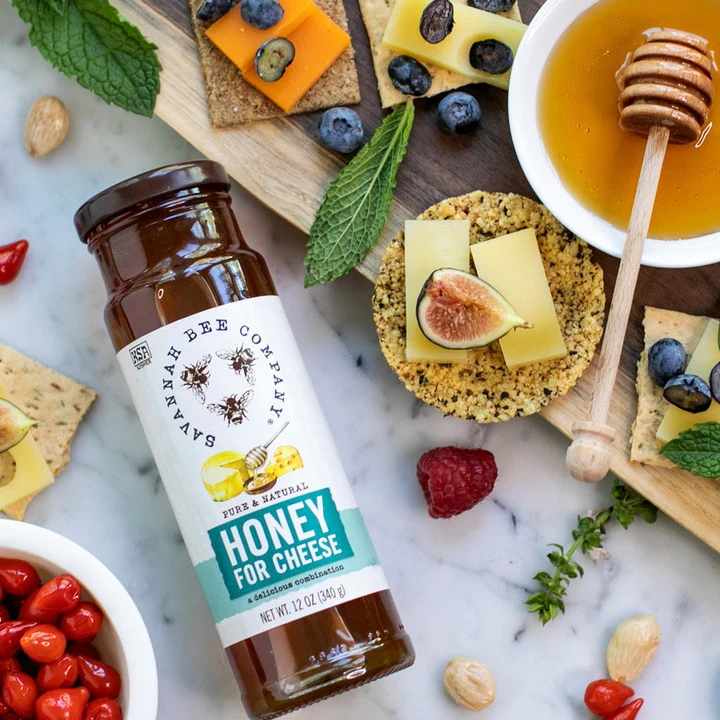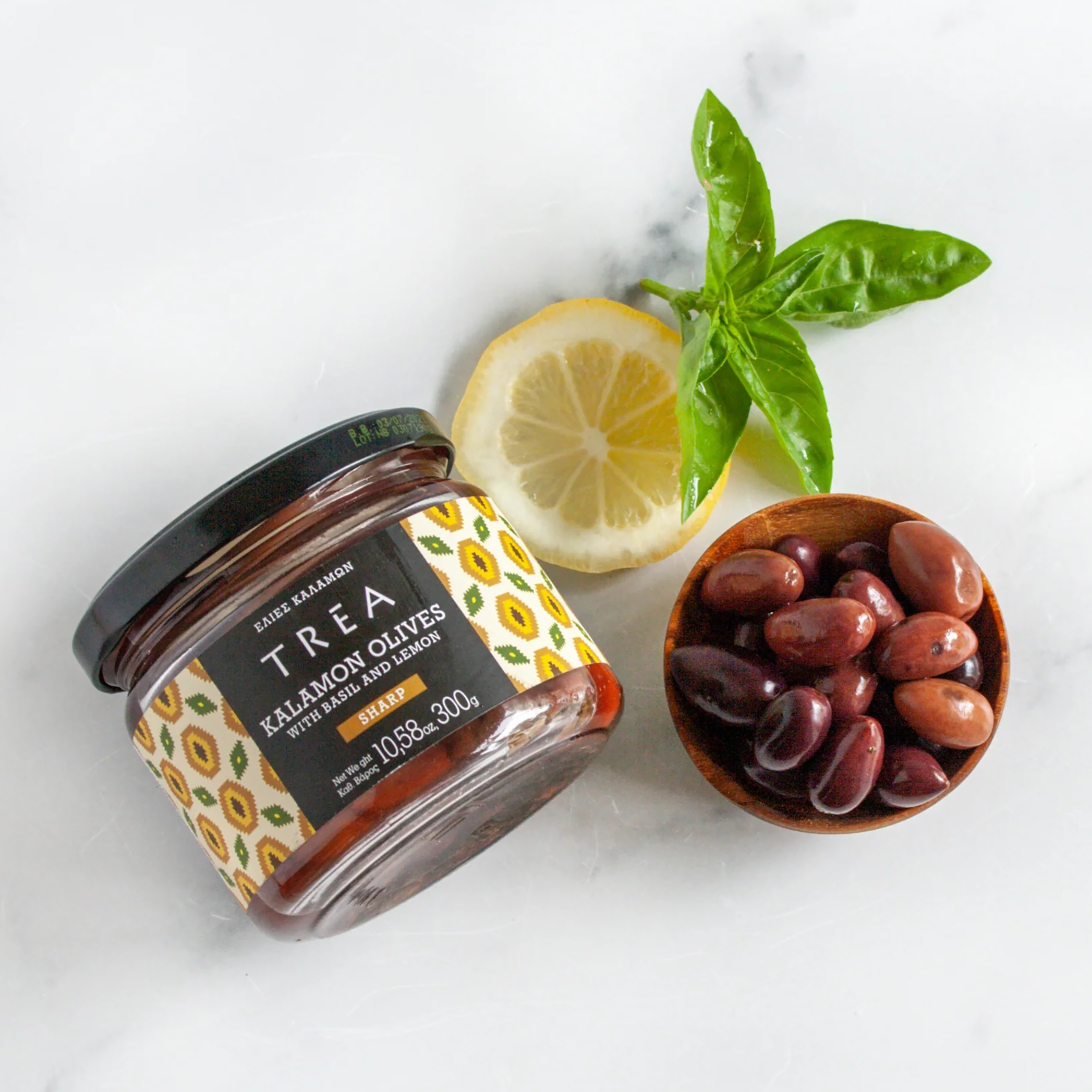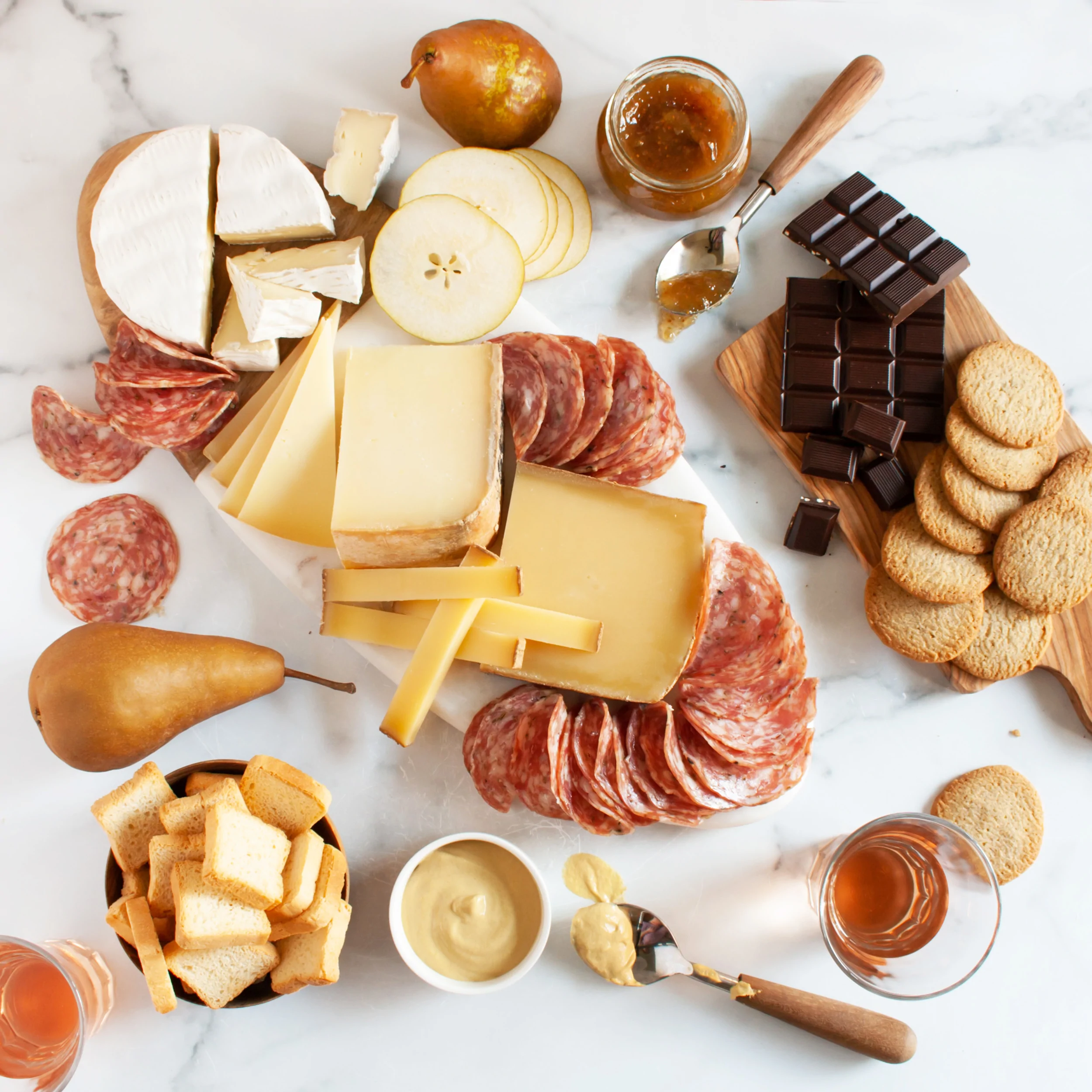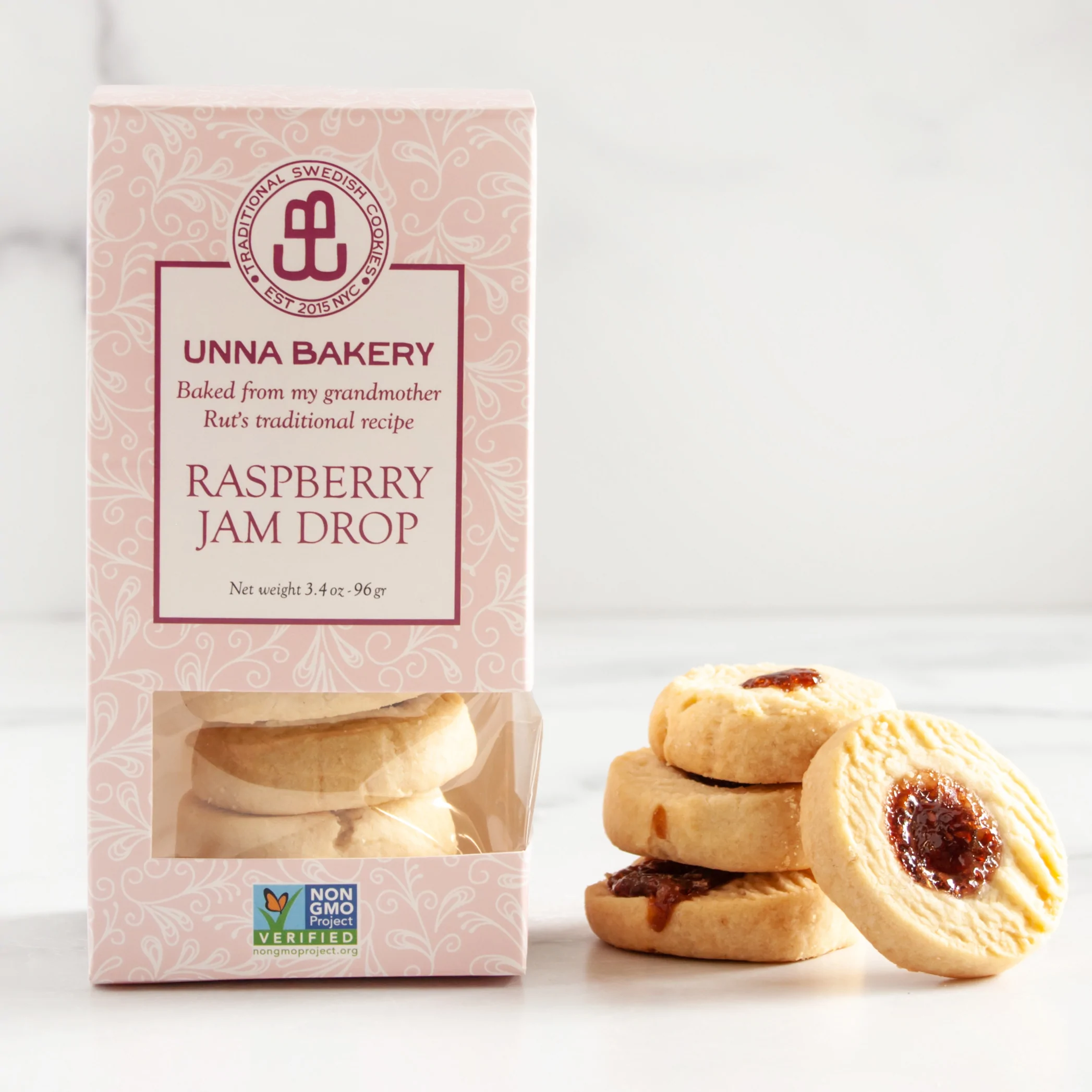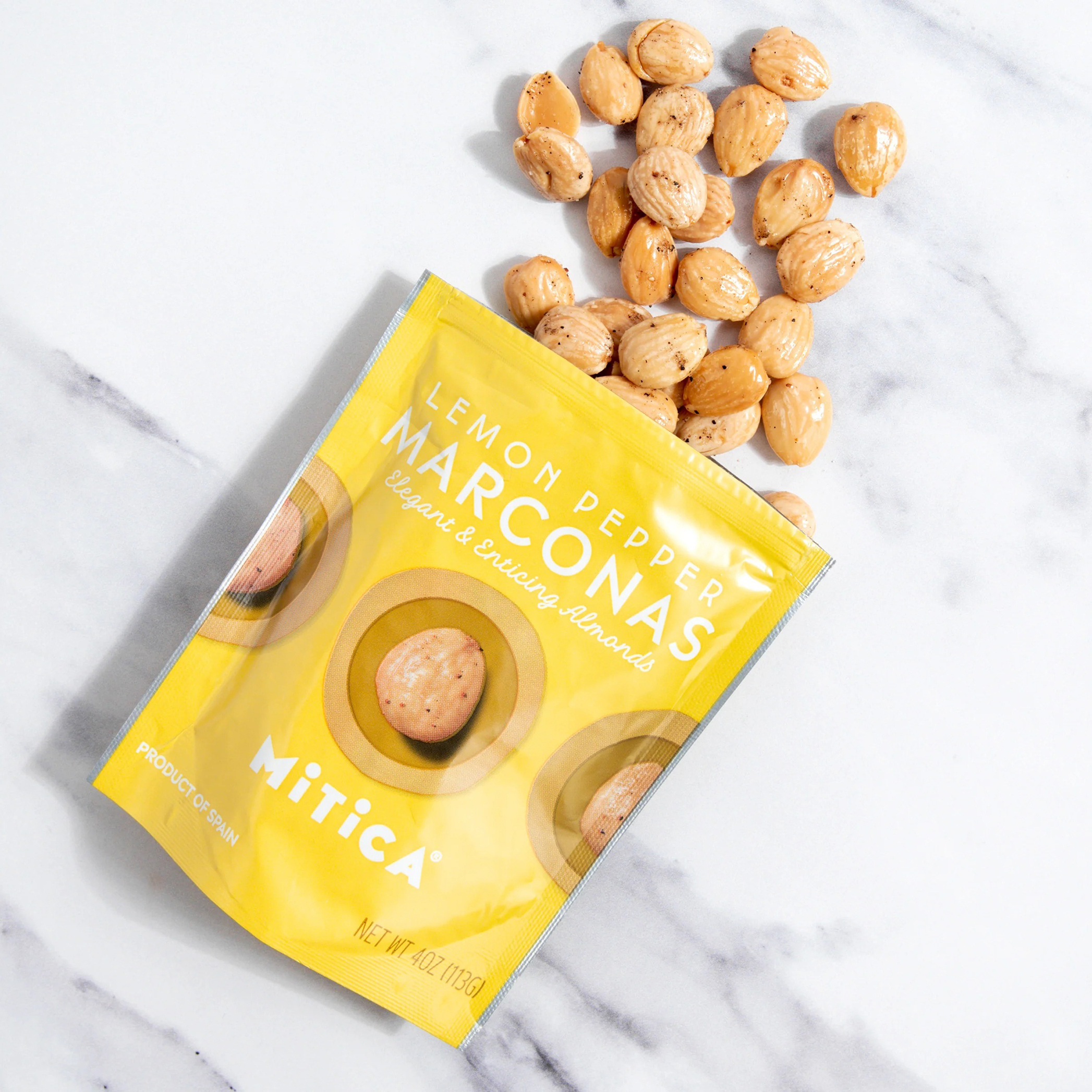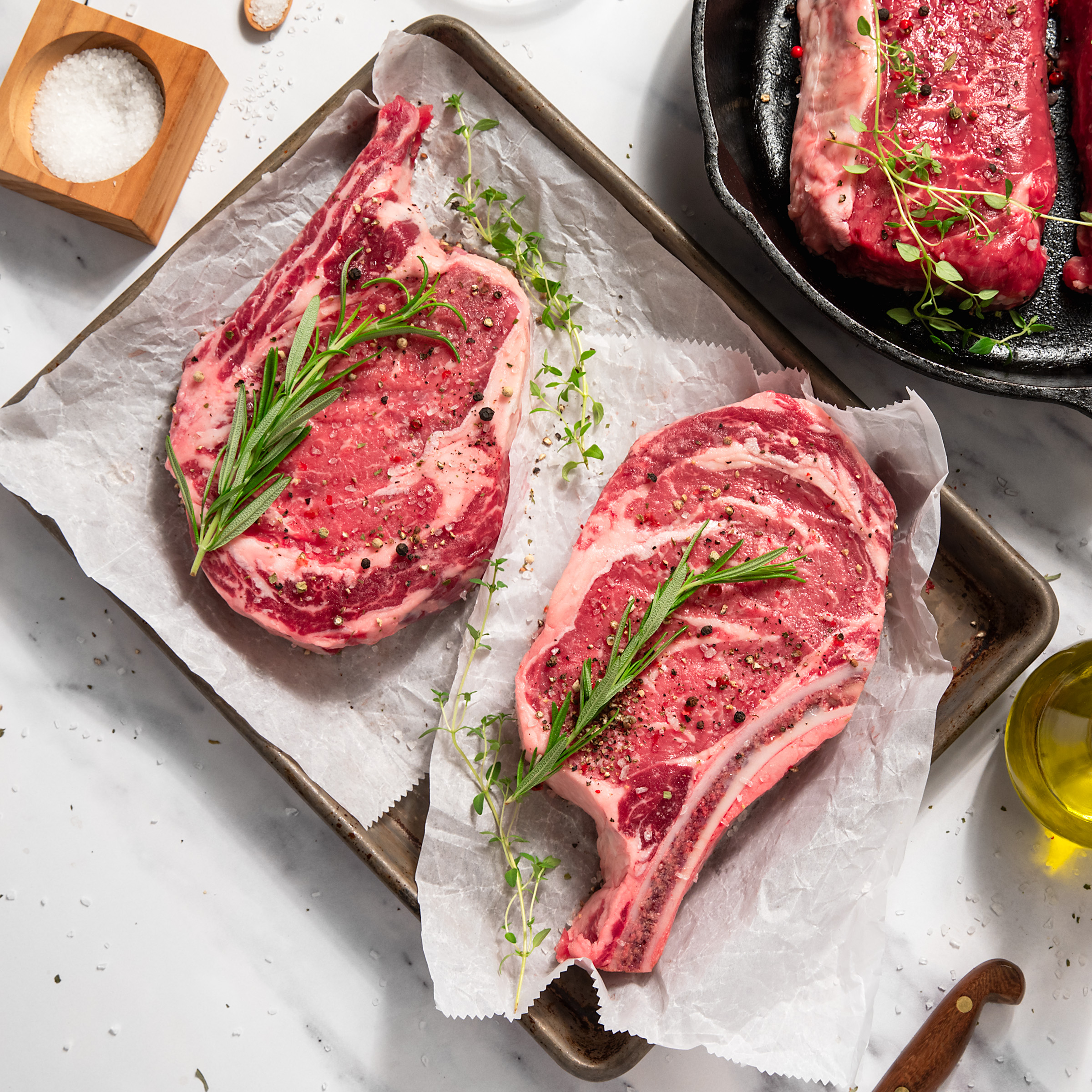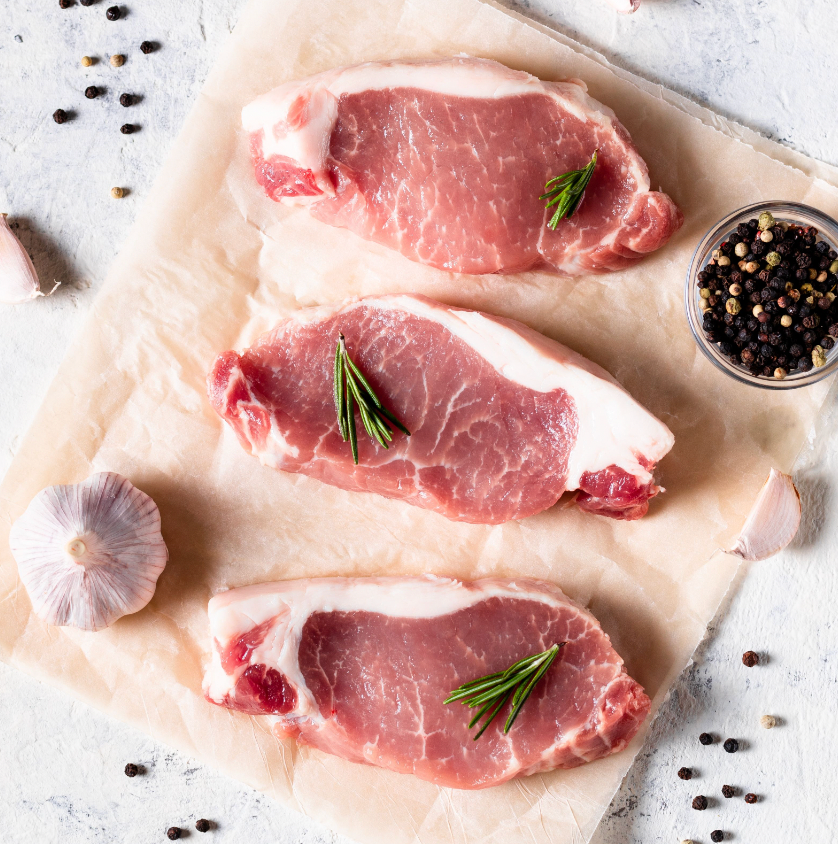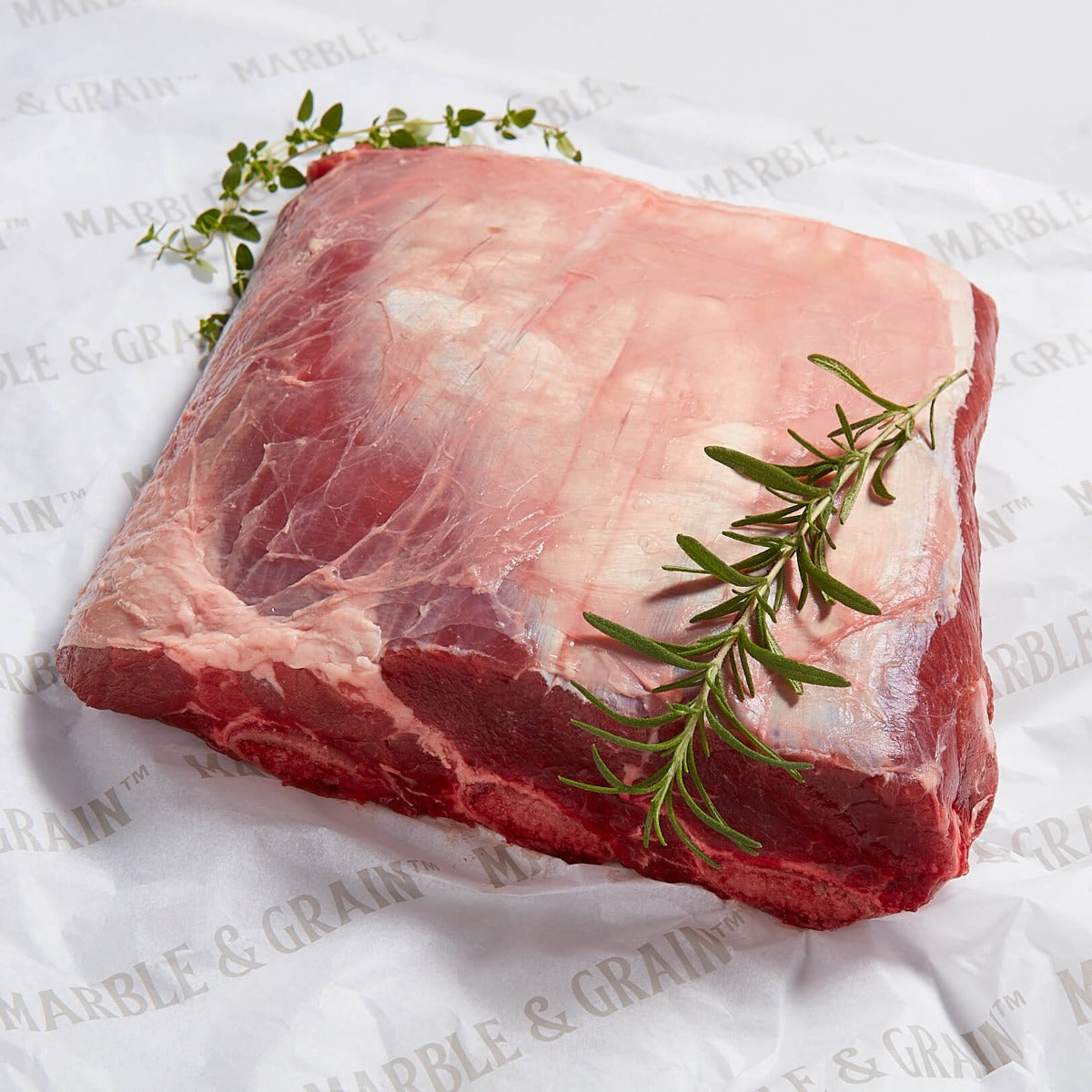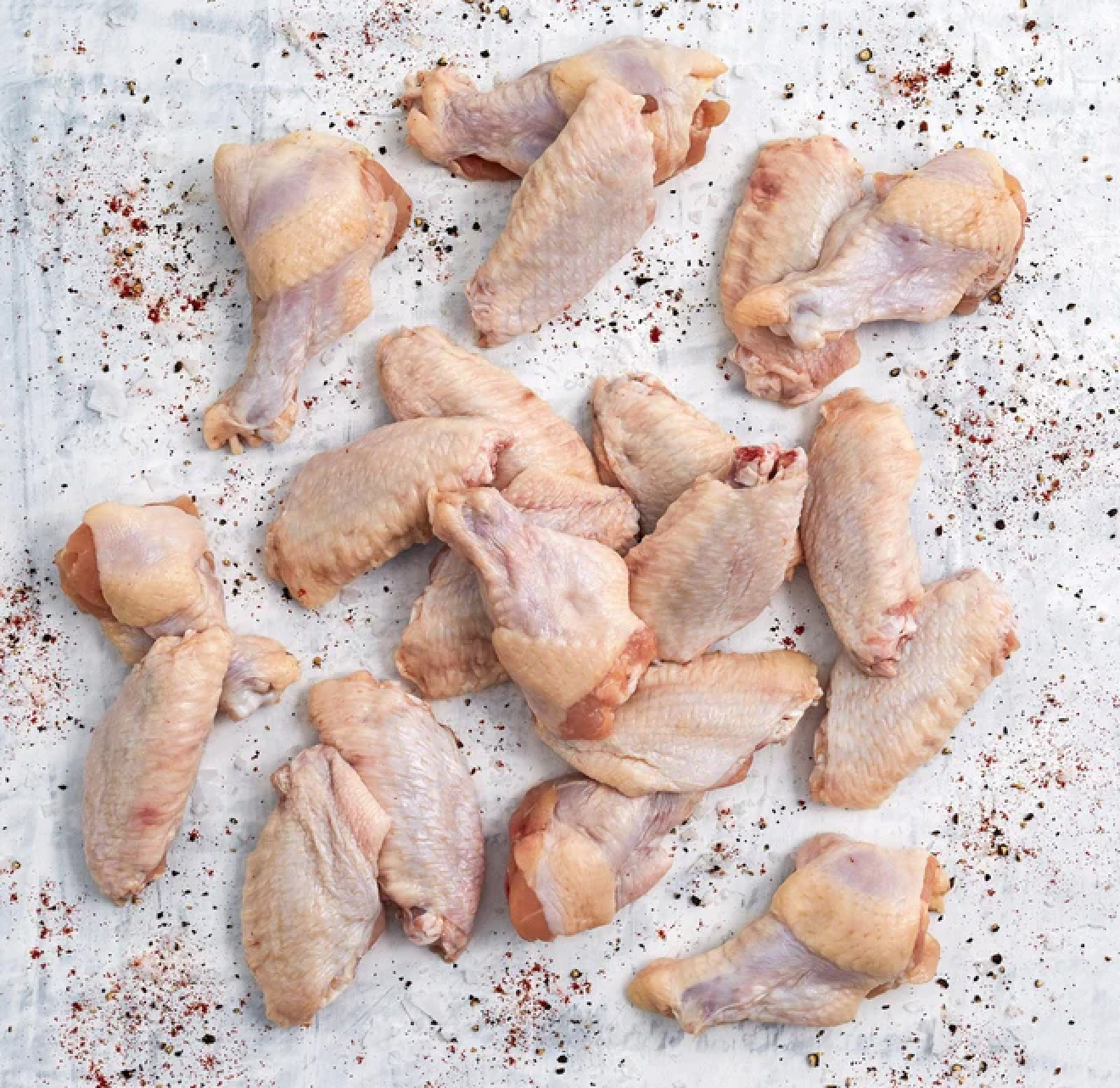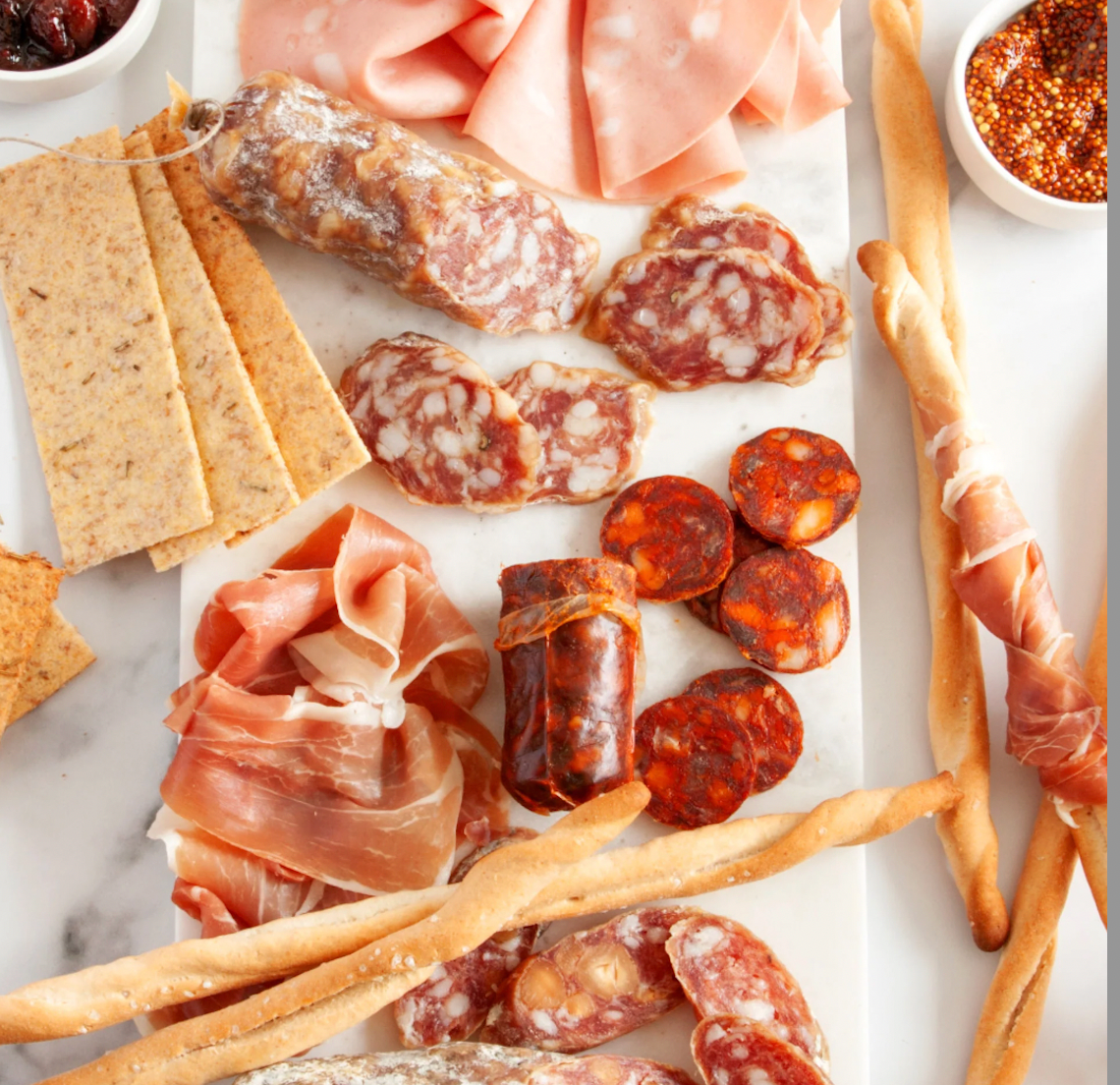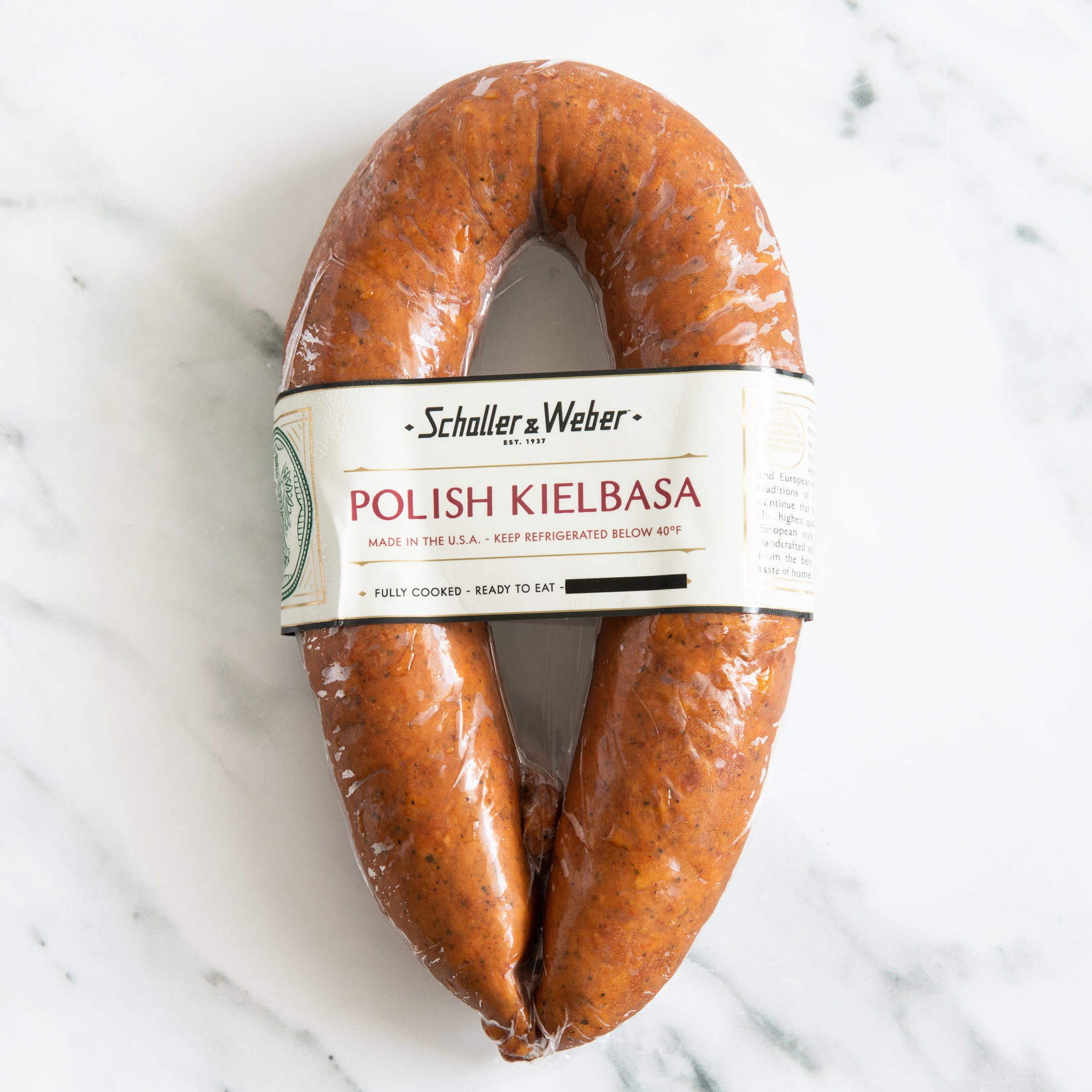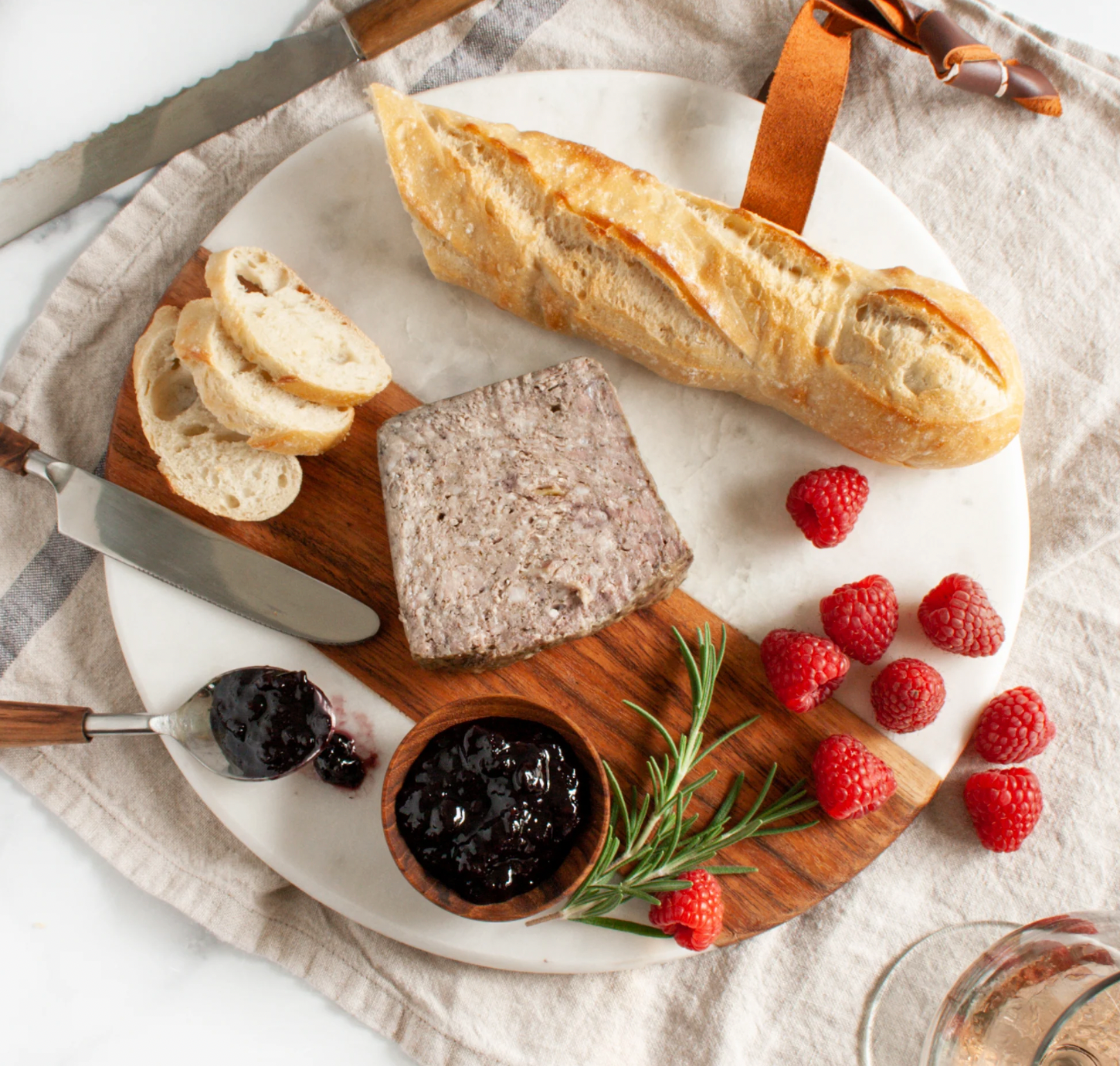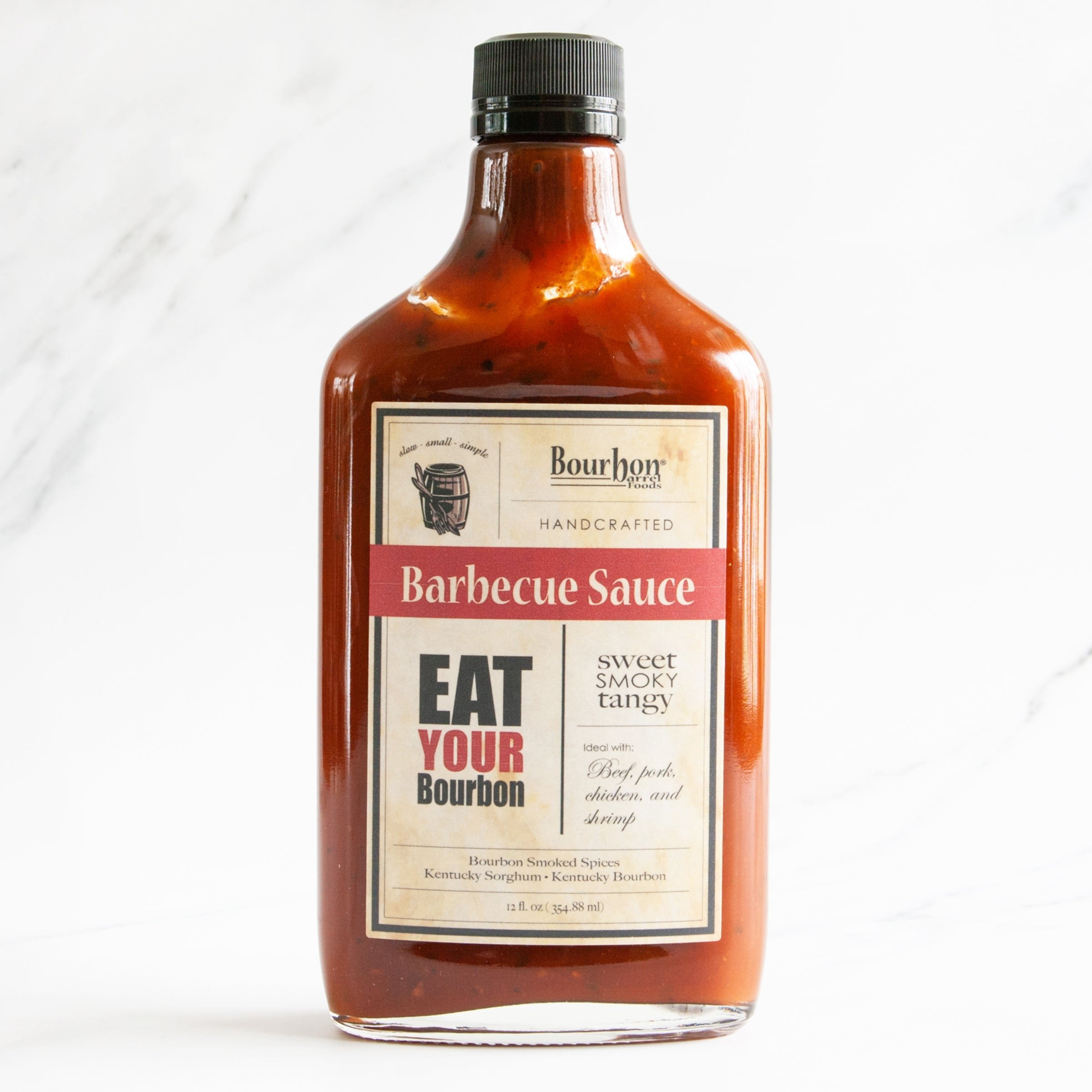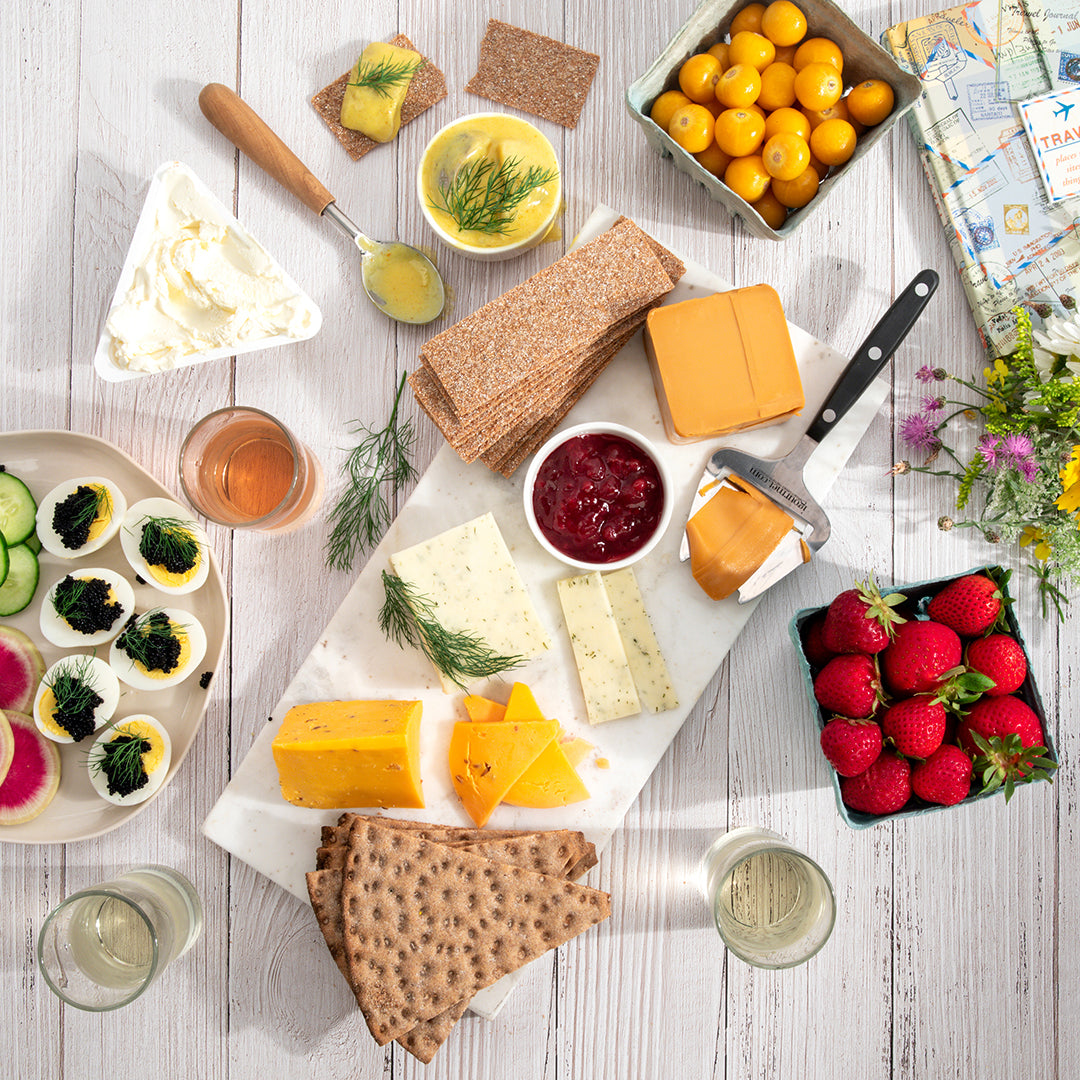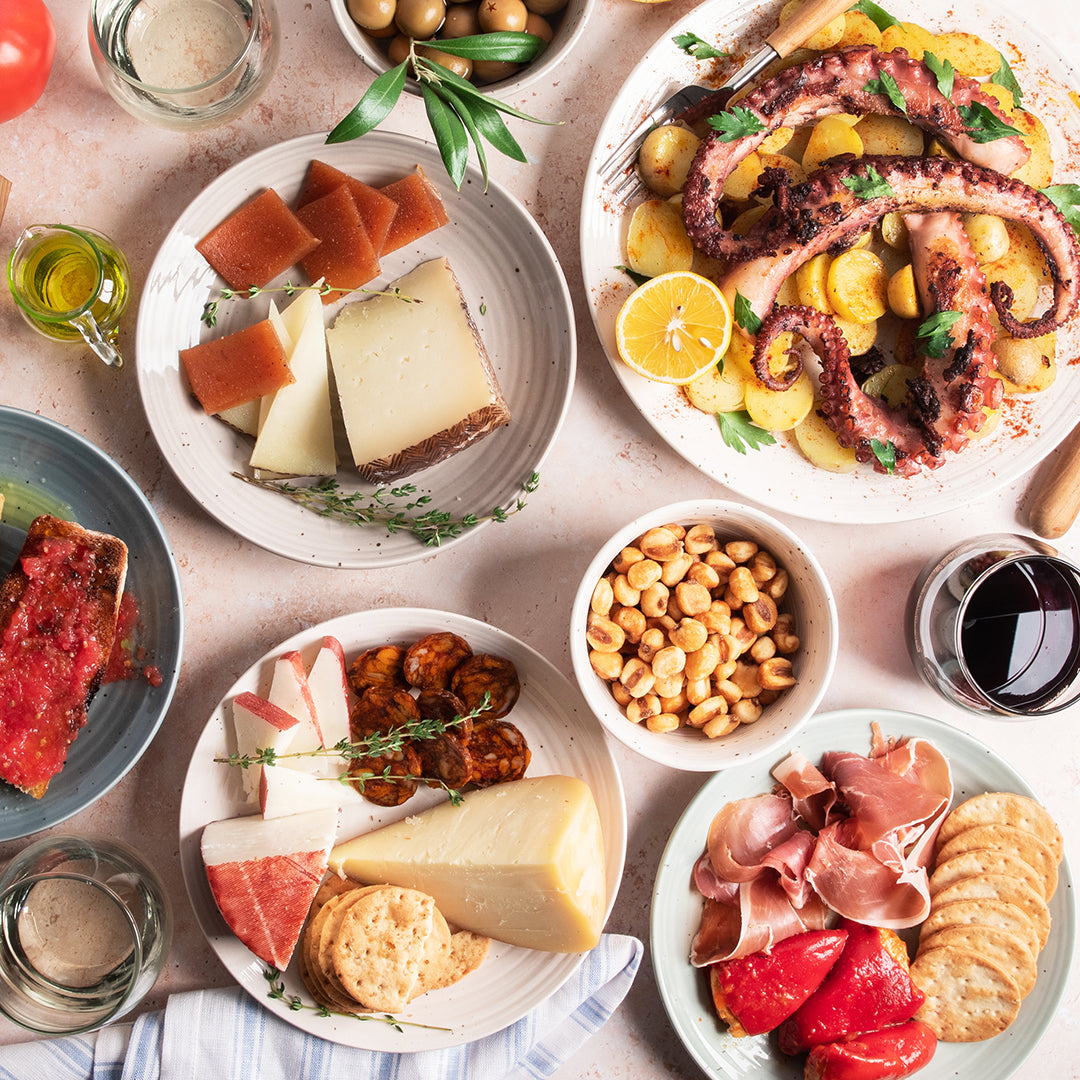Swedish Cuisine Guide
Middle Eastern Cuisine Guide
June 12, 2019 | By Dave Mattingly
Some of the world's earliest civilizations originated in the Middle East, a region encompassing Western Asia and portions of North Africa. Since ancient times, many different civilizations and cultures occupied lands of the Middle East, including the Byzantine, Persian, Arab and Ottoman Empires. Due to its location between Europe, Asia and Africa, the Middle East has historically been a center for the advancement of food and its recipes. Wheat was first cultivated in the Middle East, in addition to barley, pistachios, figs, dates and pomegranates. During Persian reign (ca. 550–330 BCE) poultry, rice and fruit were integrated into diets while Arab warriors introduced to their conquered lands figs, dates and nuts and brought back spices from the Orient. Turkey's Ottoman Empire enjoyed the sweet pastries made from phyllo dough and sweet thick Turkish coffee was first introduced to the area during these times. Other countries left their mark on the food of the Middle East, including spices such as turmeric, cumin and garlic from India, cloves, peppercorns and allspice from the Spice Islands and tomatoes from the New World, courtesy of the Moors of Spain.
Middle Eastern food is diverse depending on the country and region, as recipes and techniques of preparation vary. Wheat and rice are the major staple cereals in the Middle East, and bread is eaten throughout the region at most meals. Burghul, a type of cracked wheat, is also used in many Middle Eastern dishes, such as meat pies, and tabbouleh, a popular Middle Eastern dish made of tomato, parsley, lemon and oil. Popular foods throughout the Middle East include olives, chickpeas, flatbread, yogurt and cheese. Lamb and mutton are favorite meats of the region, as pork is prohibited by Islam and Judaism and is not commonly eaten. Meats are commonly grilled and eaten as kebabs, a preparation in which meat is cubed, cooked and eaten on skewers. Kebabs are usually a restaurant or street food, eaten with bread, salad or pickles. Vegetables such as lentils, beans and peppers are popular as are spices, including cumin, nutmeg, turmeric and caraway.
Middle Eastern food gained international popularity in the 1990s along with the heart-healthy Mediterranean Diet, emphasizing the consumption of olive oil, legumes, fruits, nuts, vegetables and fish, and offers a reduced risk of heart disease, Alzheimer's disease and cancer. The freshness and healthiness of Middle Eastern foods are important qualities for those that are now incorporating healthy foods into their diets.
Popular Middle Eastern Food Dishes
Baba Ghanoush is a popular Middle Eastern dish made with eggplant, olive oil and seasonings. It is often eaten with pita bread and may be included as part of other dishes. The eggplant is popularly baked to provide a soft texture and smoky flavor.
Hummus is an Arab spread made from mashed chickpeas, tahini, olive oil, lemon juice, salt and garlic is also often eaten with pita bread.
Falafel is made from chickpeas and/or fava beans that are mixed with seasonings such as onion, parsley, sesame seeds and spices and then shaped into balls or patties and deep fried.
Schwarma is meat that has been grilled on a spit and roasted on all sides, sometimes for as long as a day. The meat is shaved and typically eaten as fast food, in sandwiches in pita bread or rolled up in a flatbread with vegetables such as cucumber, onion, tomato, lettuce, eggplant and dressing such as tahini or hummus.
Meze, a variety of small dishes, is popularly served in the Middle East, and includes such foods as fruit, cheese, salad and dips, such as tabbouleh, hummus, grilled meats and kibbeh. Kibbeh is an Arab dish commonly made with beef, lamb or goat meat, onions and burghul (crushed wheat). Kibbeh may be shaped into balls or patties or the popular torpedo shape and may be fried or baked.
Middle Eastern Desserts
As one of the oldest desserts in the world and dating back nearly 3,000 years, Halva can be found throughout the Middle East, Eastern Europe, Mediterranean and parts of Asia. Halvah is made in many variations, but is a confection generally made of a ground seed nut or grain mixed with a sweetener such as honey and may be flavoured with rose water, saffron, dried fruit or nuts.
Baklava is a sweet pastry made with layers of phyllo dough smothered in chopped nuts and honey or syrup.
Basbousa is a sweet semolina cake that may be flavoured with coconut, rose water or lemon syrup and topped with almonds or pistachios. Basbousa may be called the Turkish hareesa or revani in other parts of the Mediterranean.
Umm Ali is the Egyptian version of bread pudding made with puff pastry and is often topped with whipped cream. Umm Ali is believed to be invented during the Ottoman Turks' reign of Egypt.
Kenafeh is an Arab cheese pastry soaked in syrup and is made in three main varieties khishnah: with a crust made from long thin noodle threads, na'ama made of semolina dough and mhayara a mixture of khishnah and na'ama.
A beverage popular throughout the Middle East is Turkish coffee, which is thicker than regular coffee, and is made by boiling finely ground coffee in water and letting the grounds settle.
Middle Eastern Cheeses
Most consider the Middle East as the birthplace of cheese which occurred thousands of years ago. Cheese's earliest incarnation came in the form of a type of sour milk. Legend has it that an Arab nomad filled his saddlebag with milk on a desert journey. After many hours on his horse, the nomad stopped to quench his thirst, only to find that the milk separated into a mixture of white clumps and watery liquid. His saddlebag was made from the stomach lining of an animal which contained the enzyme rennin, which combined with the motion of the horse, allowed the milk to separate into edible curds and whey. By the time of the Roman Empire, cheesemaking was widespread throughout the Middle East and Europe. Rome helped to spread their cheesemaking techniques across its empire during its powerful reign. Greek mythology mentions cheese and evidence of cheesemaking has been found on 4,000 year old Egyptian murals.
Ackawi, originating in Palestine (modern day Israel), is named after the city of Acre, and is a cow's milk cheese with a smooth texture and mild flavor. Currently, Ackawi is produced on a large scale in Lebanon, Syria and Cyprus and is the best selling Middle Eastern cheese among Arab-Americans.
Originating in Lebanon and the Middle East, Labneh is a soft cream cheese made from strained yogurt. Similar to cream cheese, Labneh is ideally used as a spread or a dip.
Basket cheese is a white cheese made from cow's milk that gets its name from being shaped by the way it is formed inside a basket.
Paneer is an ancient fresh cheese and referred to in the Indian Vedic texts dating back to 6,000 BC. Paneer is a full-fat soft cheese popular in Indian cooking that is high in protein and an excellent meat substitute, as it retains its shape when heated and absorbs the flavors of the foods that it is cooked with. Paneer is a vegetarian cheese, made without rennet, with a texture similar to tofu.
Nabulsi is a white semi-hard brine cheese from the Palestine region that is also popular in Jordan. It is made from primarily sheep's and goat's milk.
Found throughout the Middle East, Jibneh Arabieh is a Syrian cheese that is popular in the Persian Gulf. This cow's milk cheese has a mild flavor reminiscent of Feta, but slightly less salty.
Made from a mixture of goat's and sheep's milk, Halloumi has a high melting point, making it an ideal cheese for grilling or frying.
Shaped like an orange, Testouri is a fresh and lightly salted cheese made from sheep's or goat's milk.






